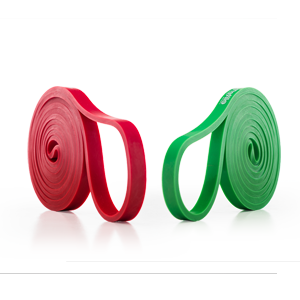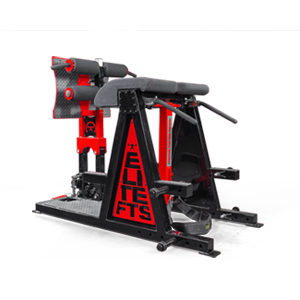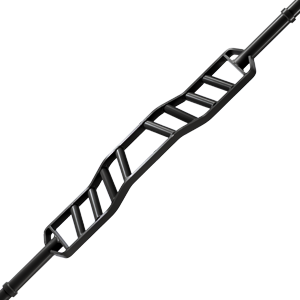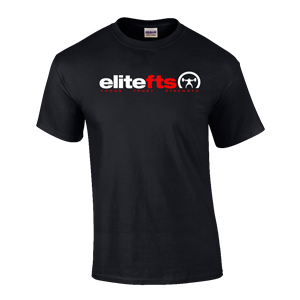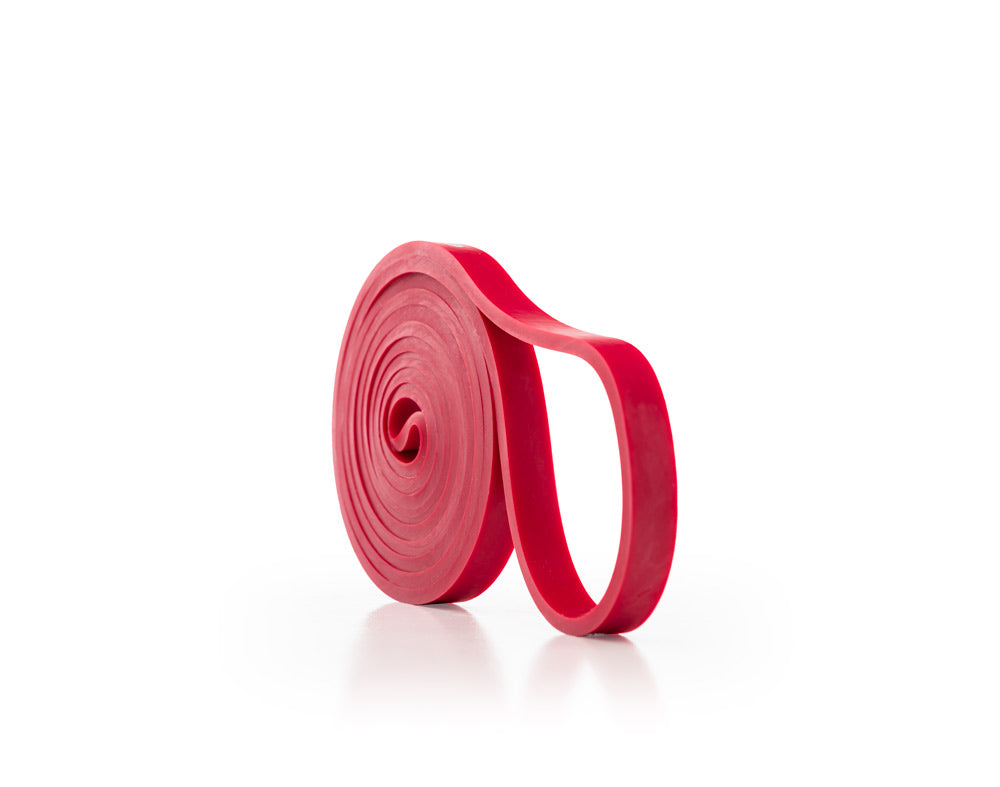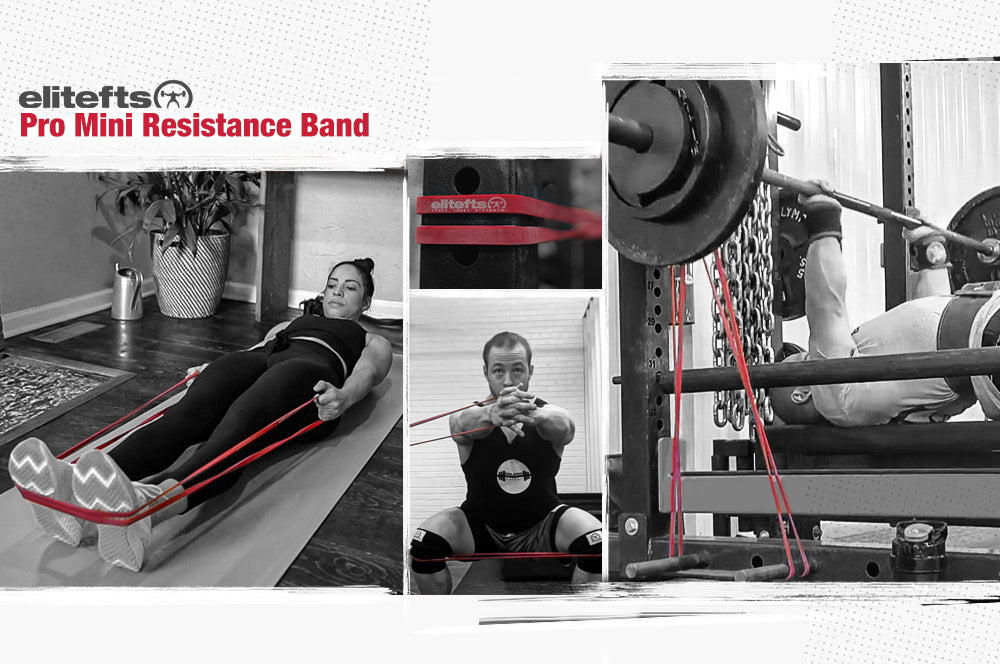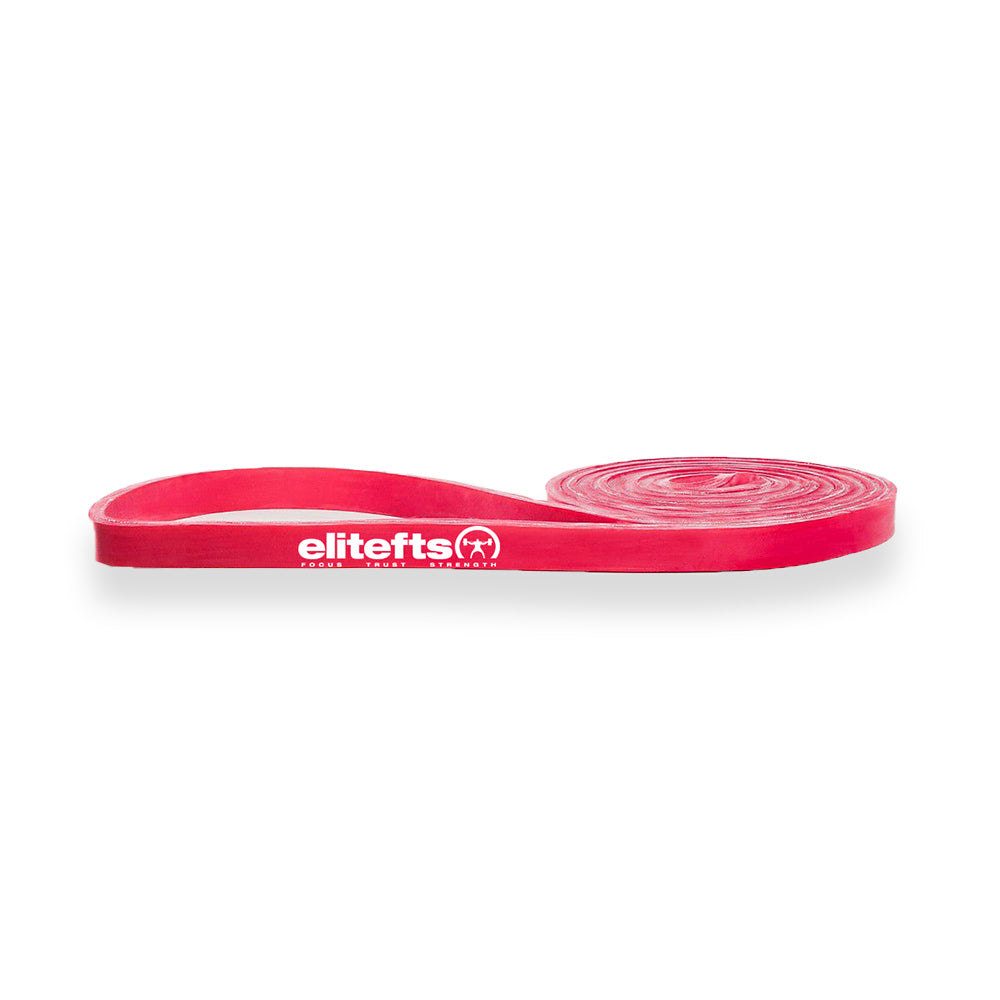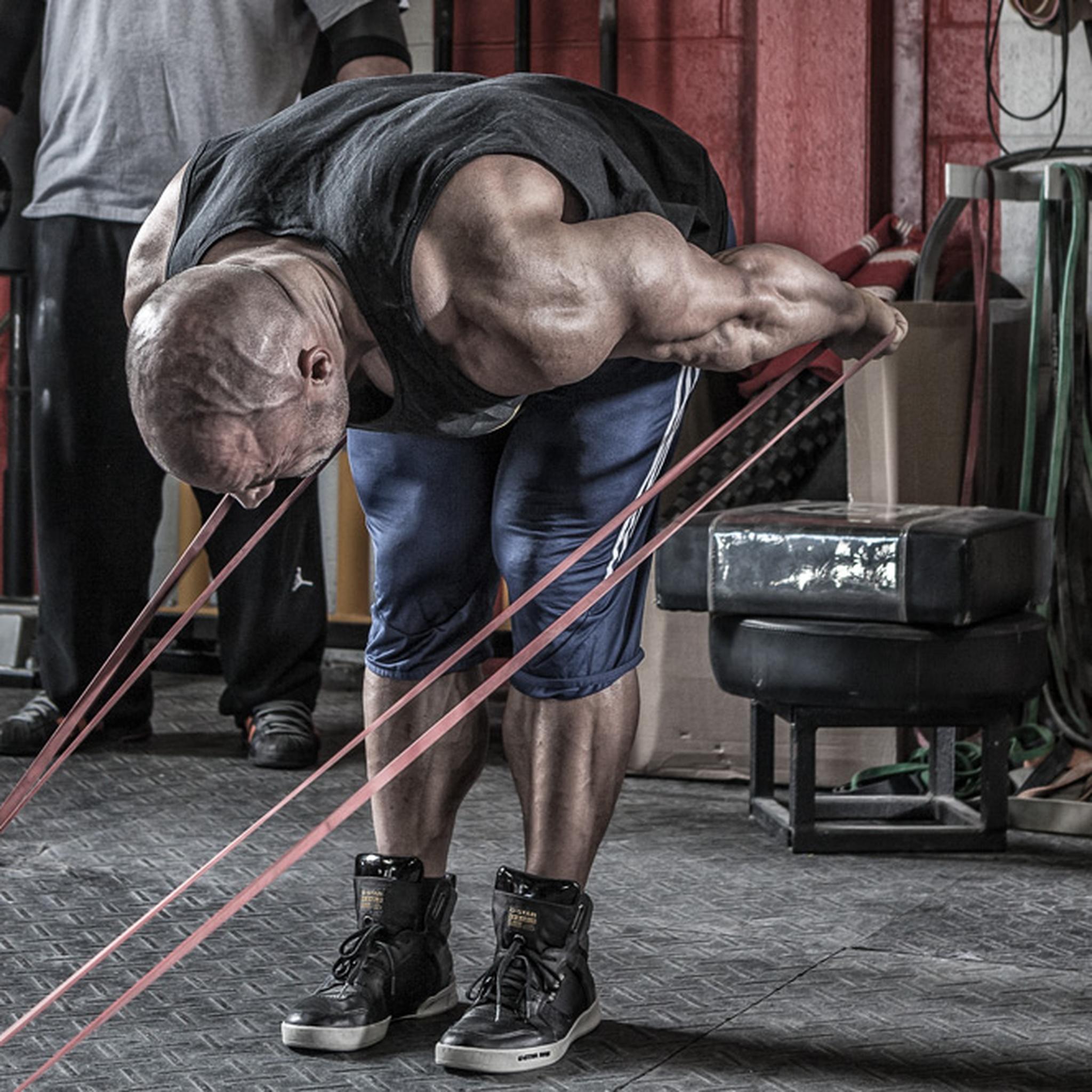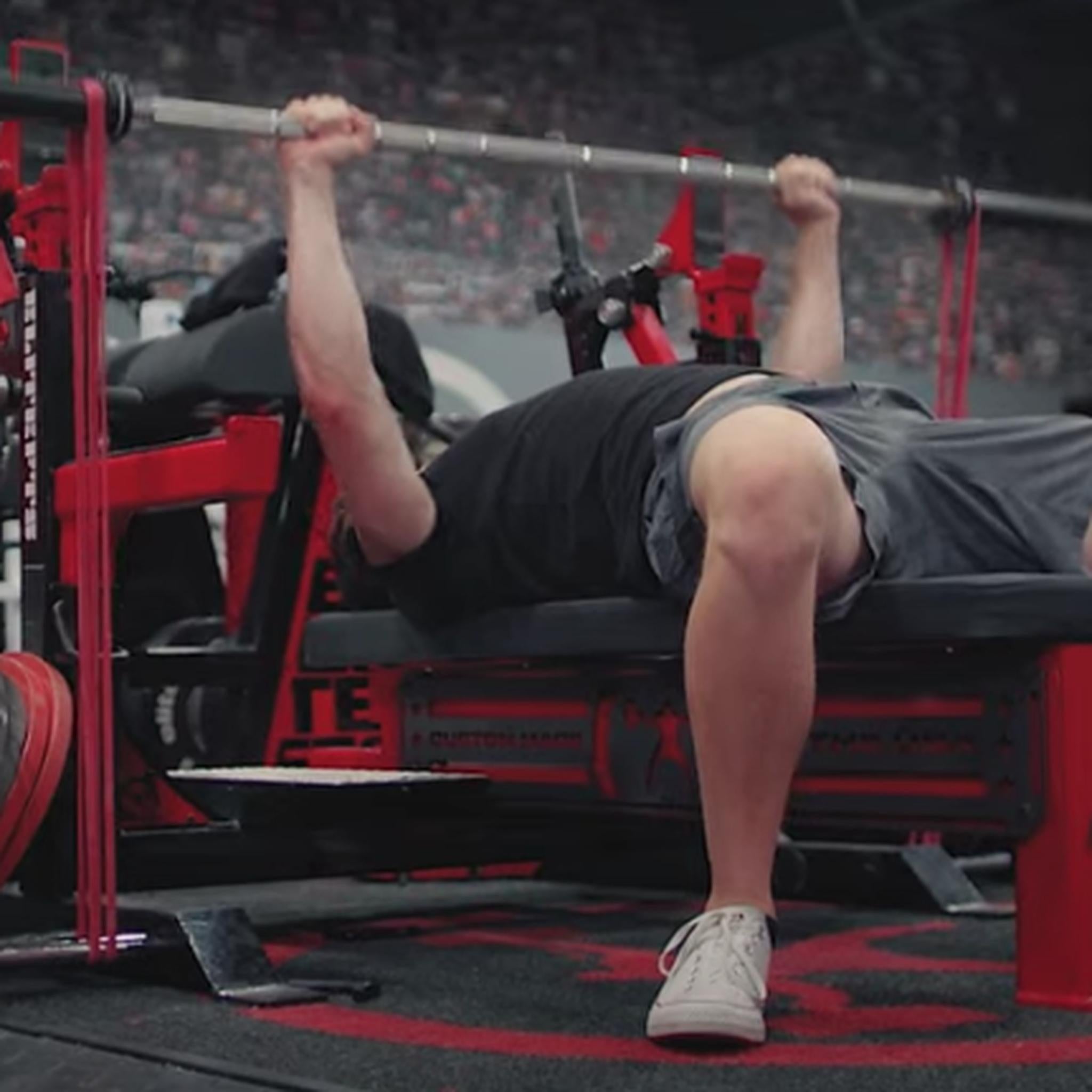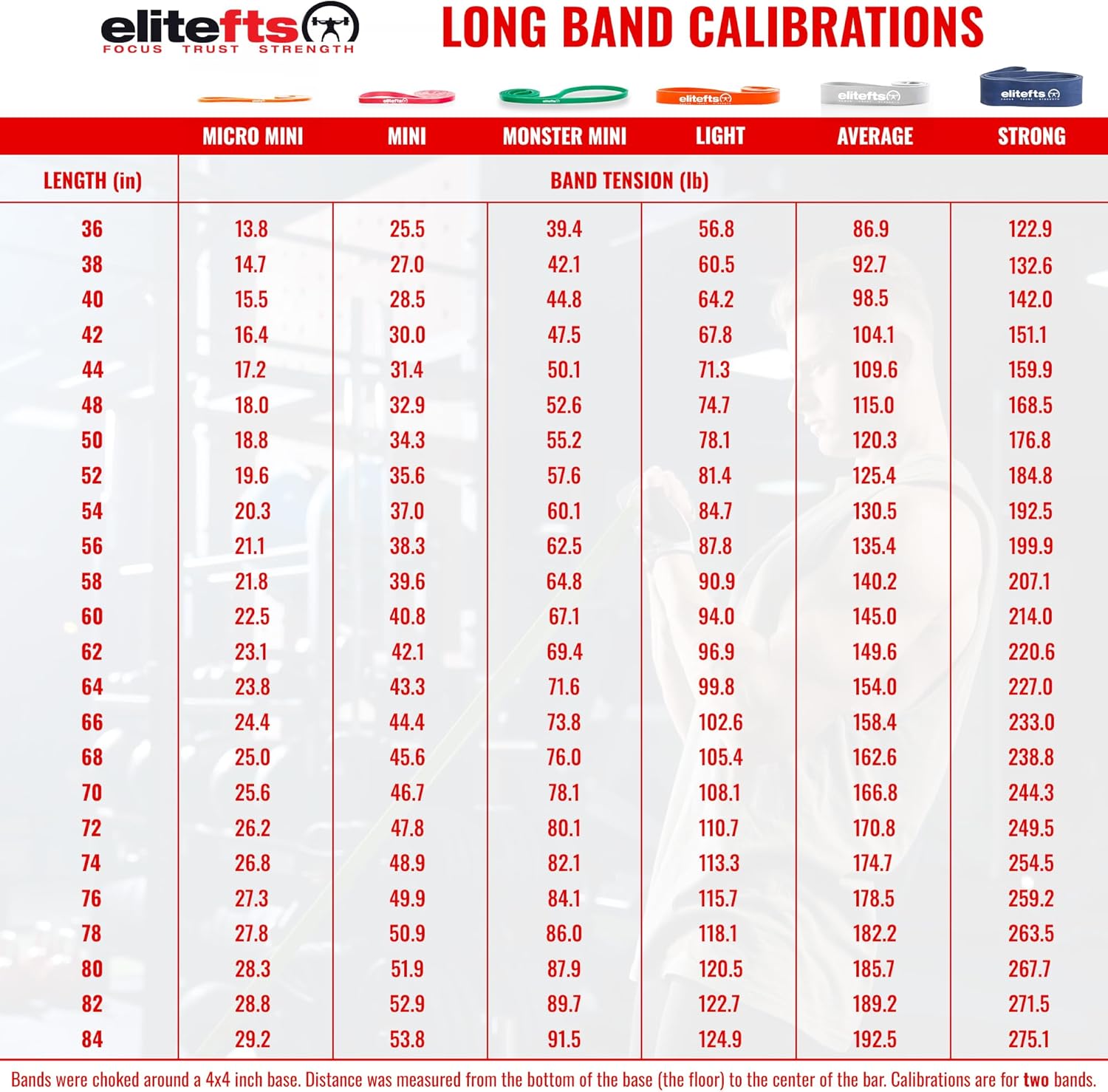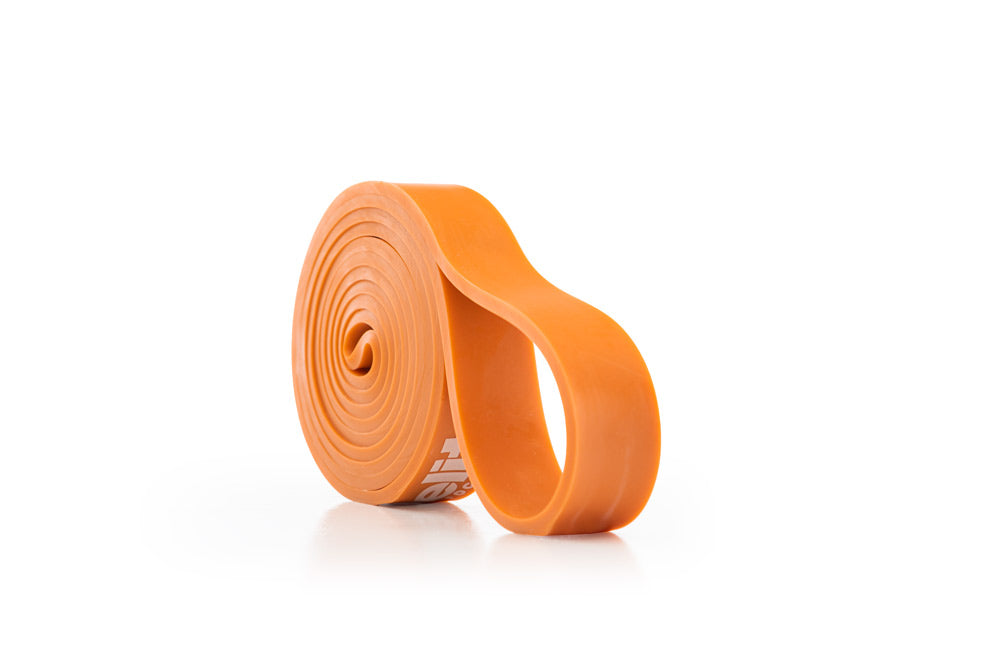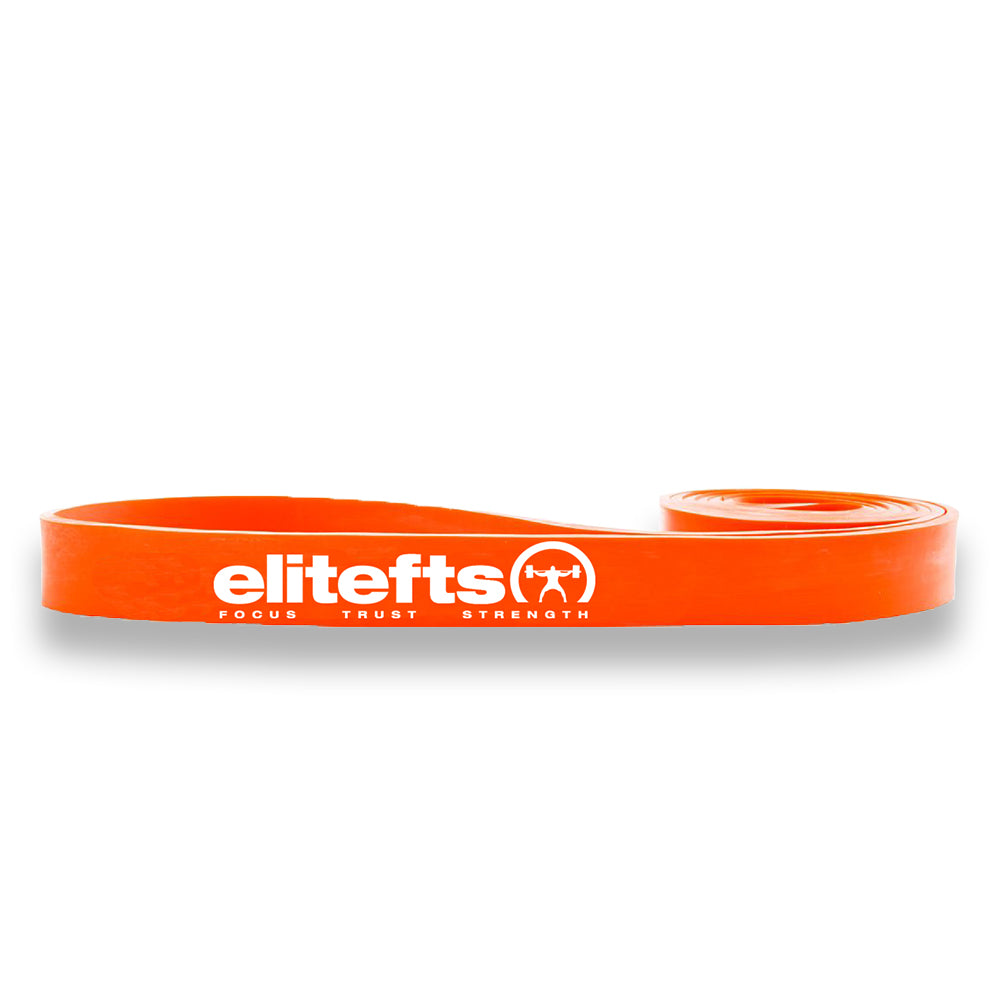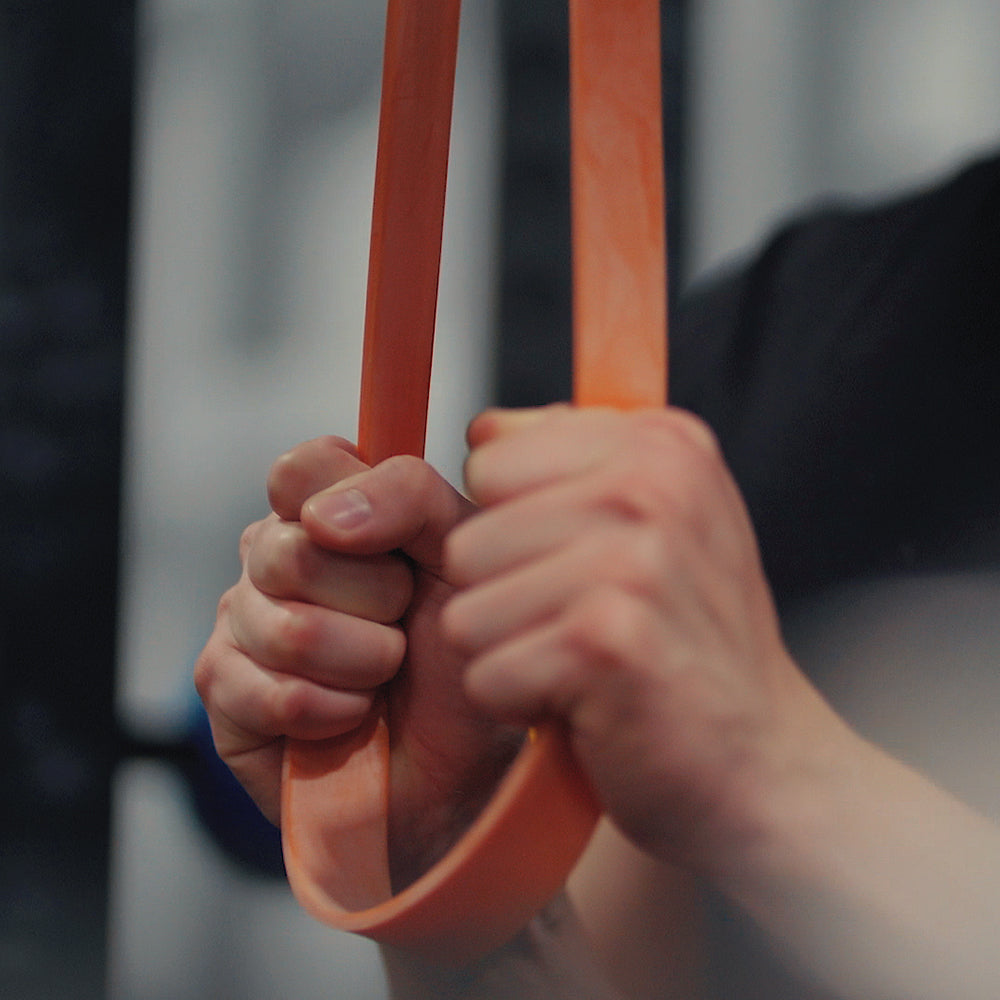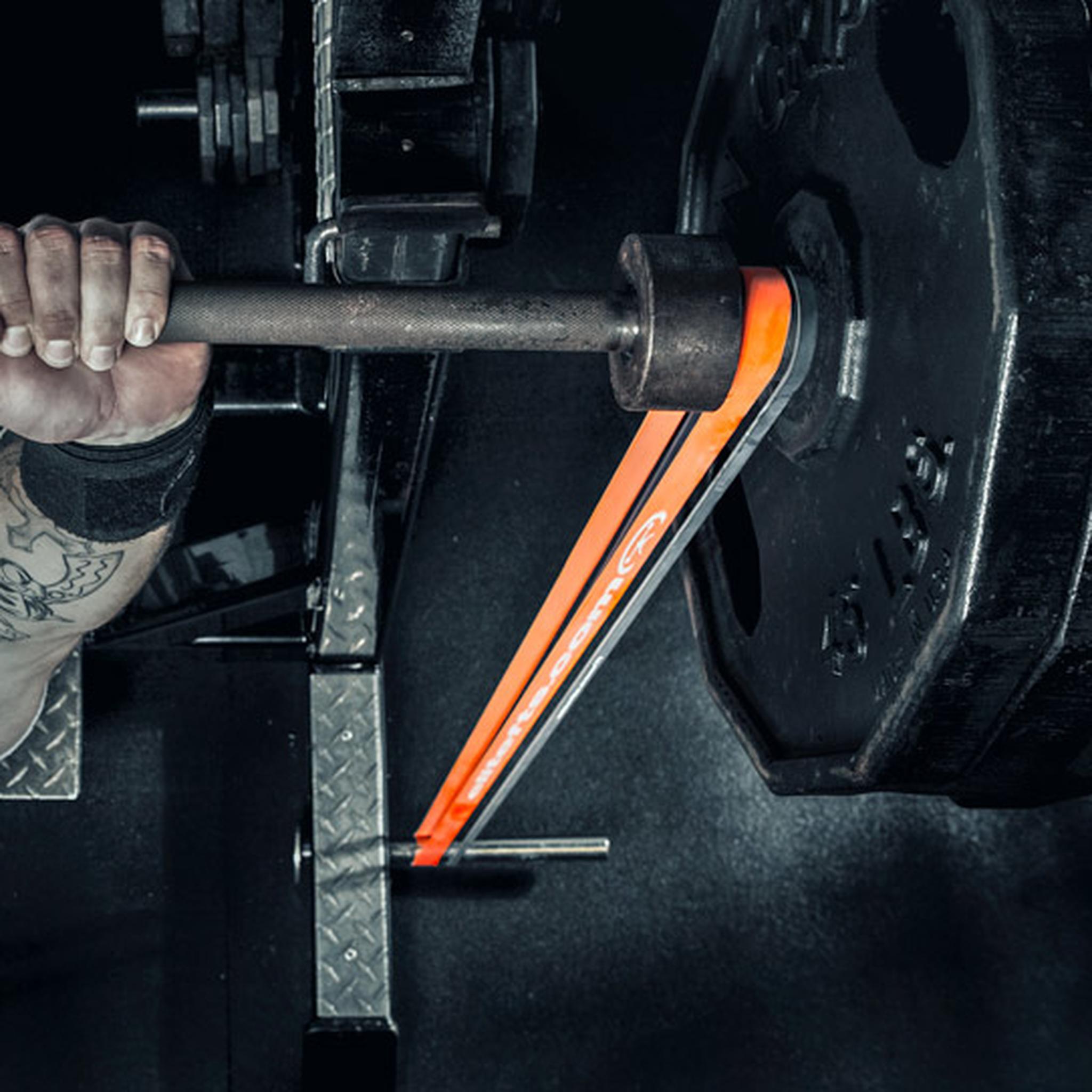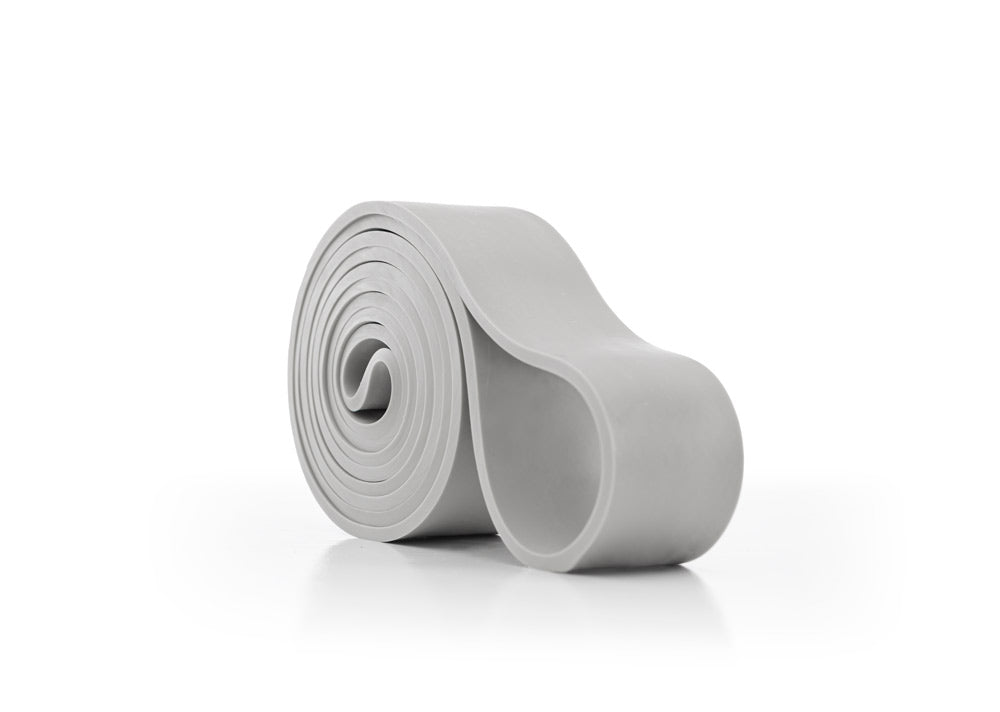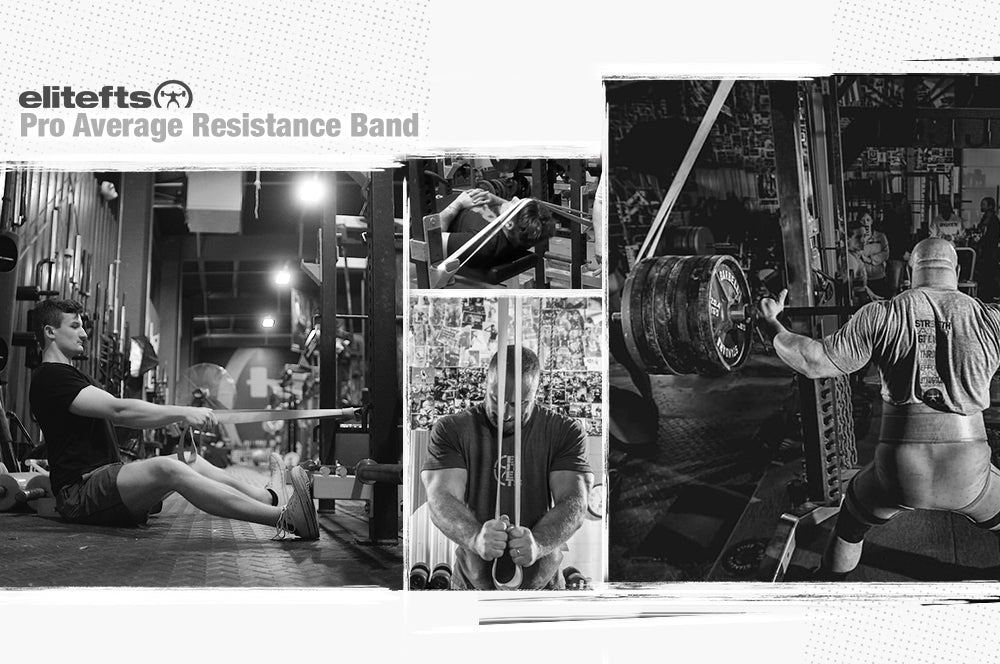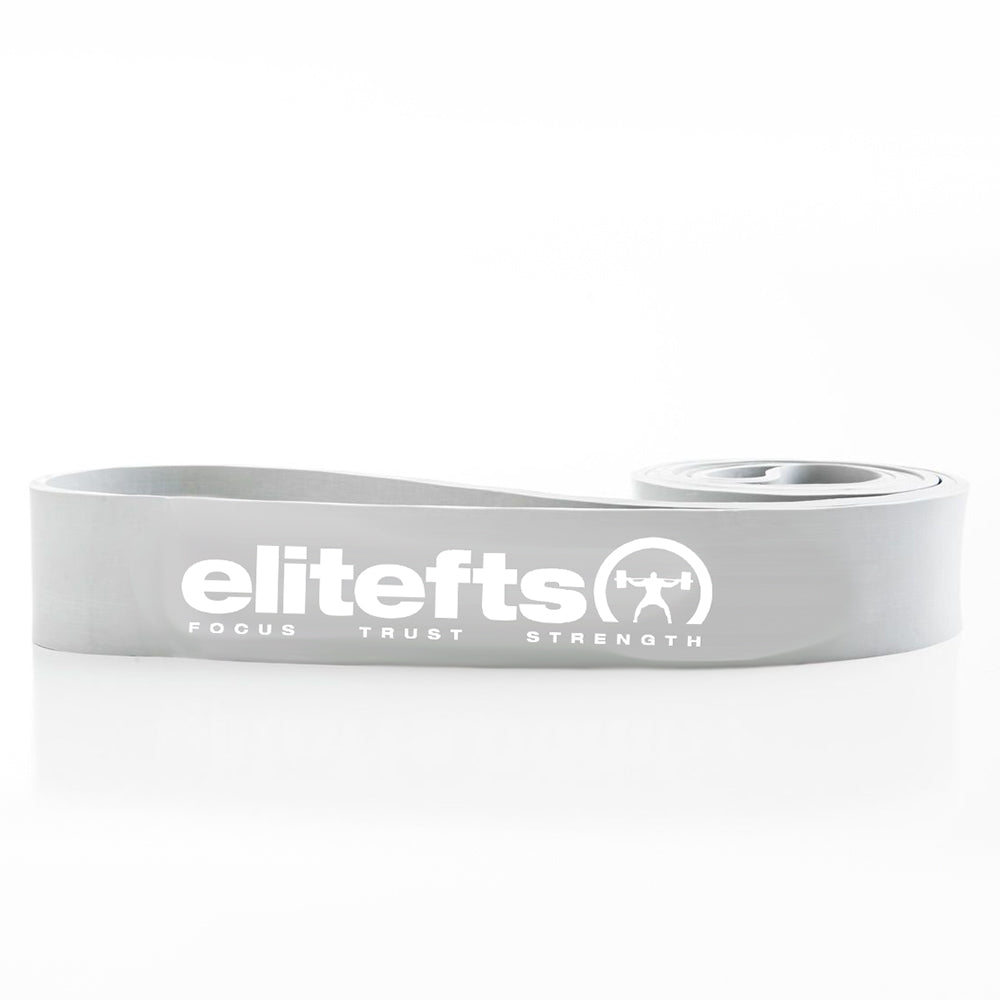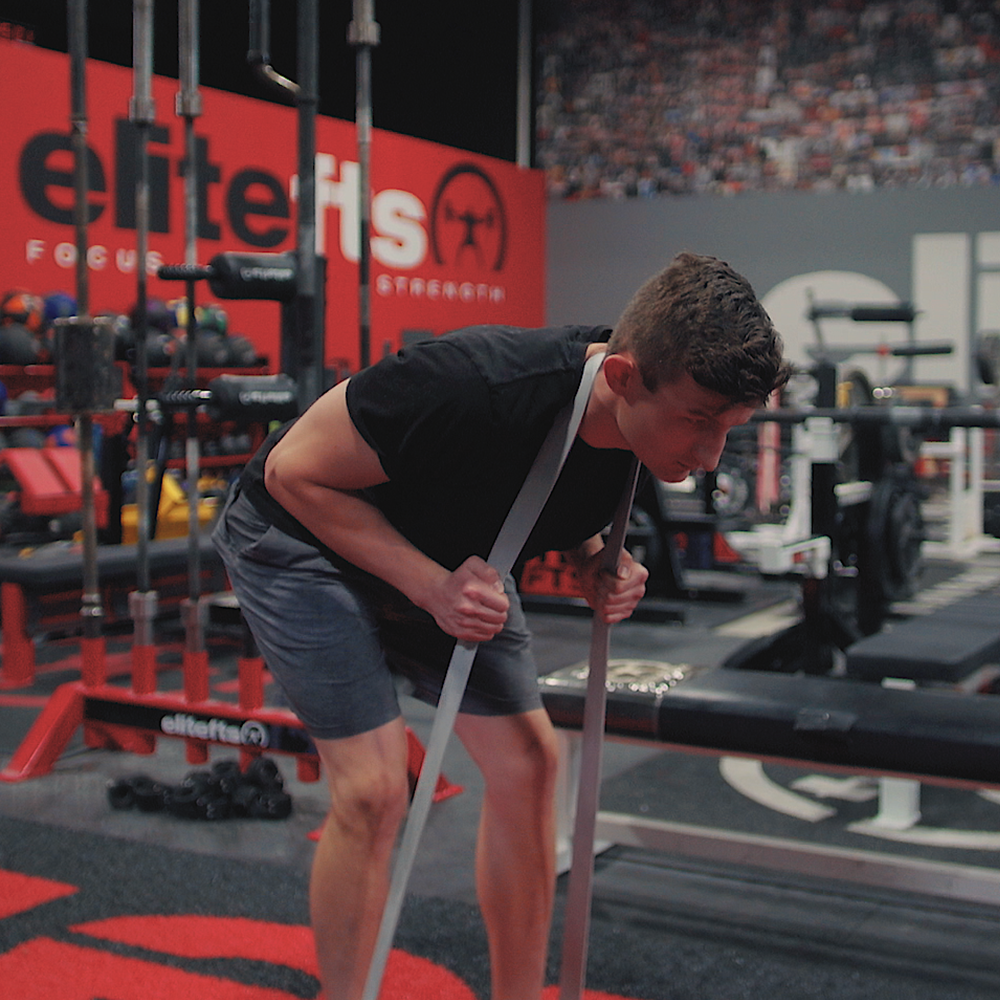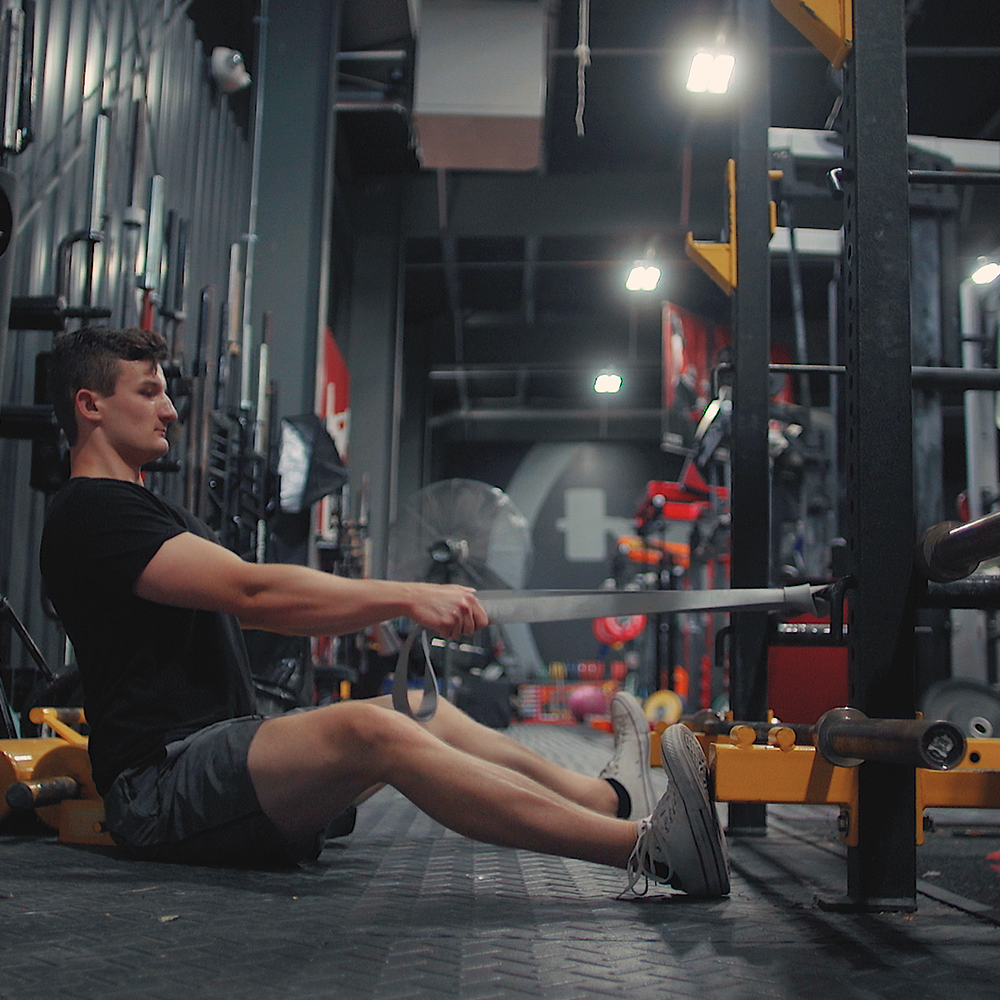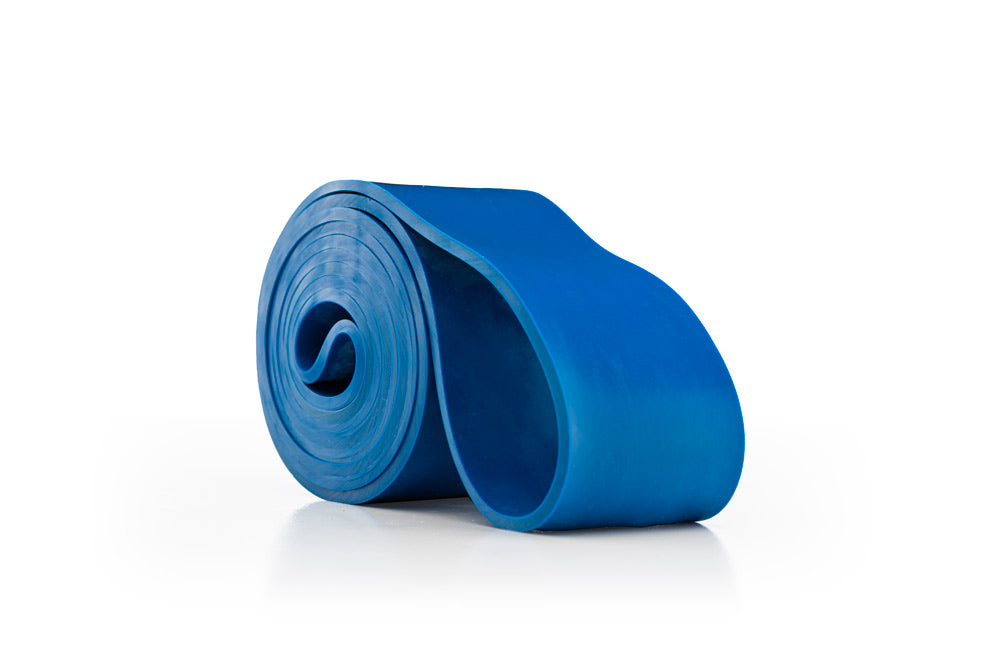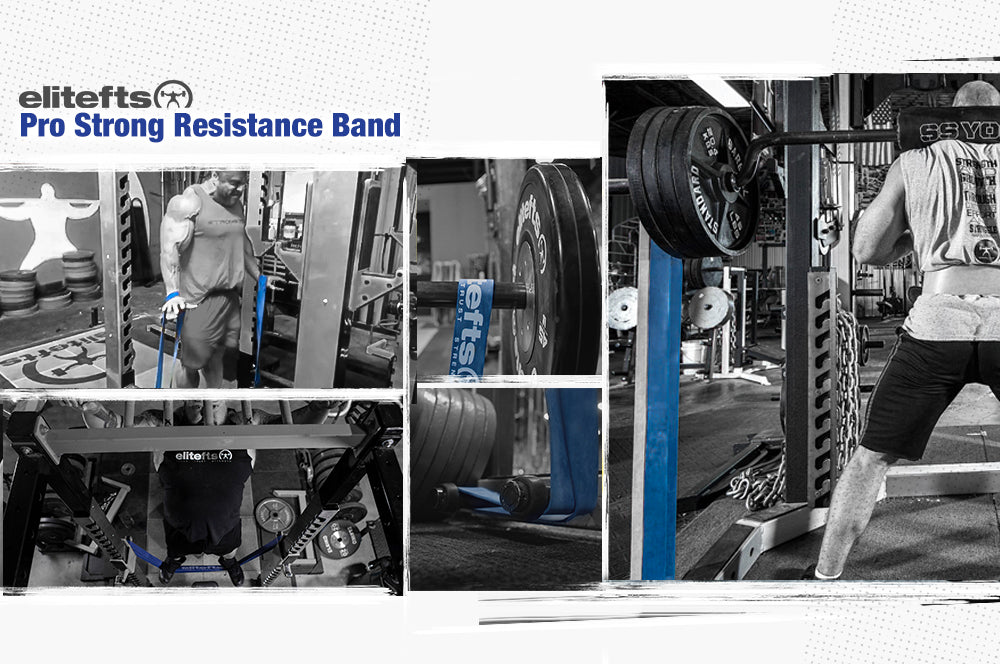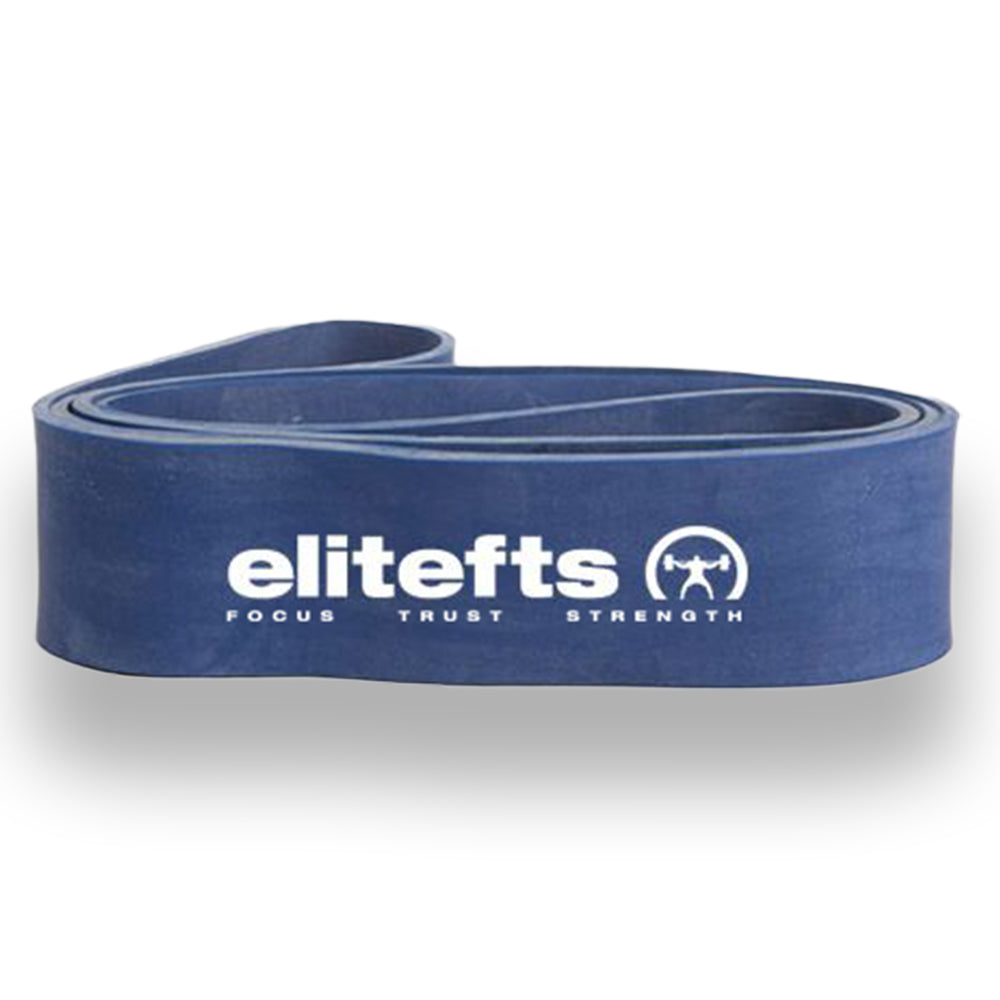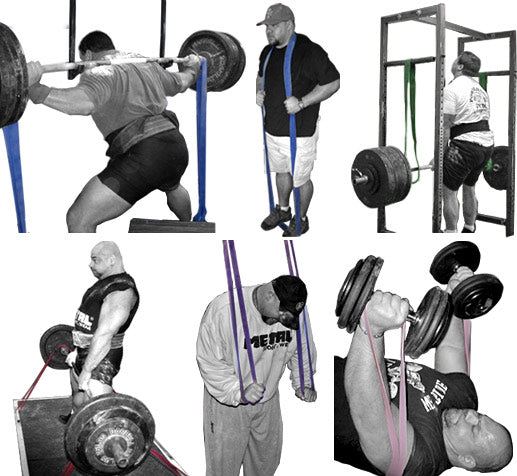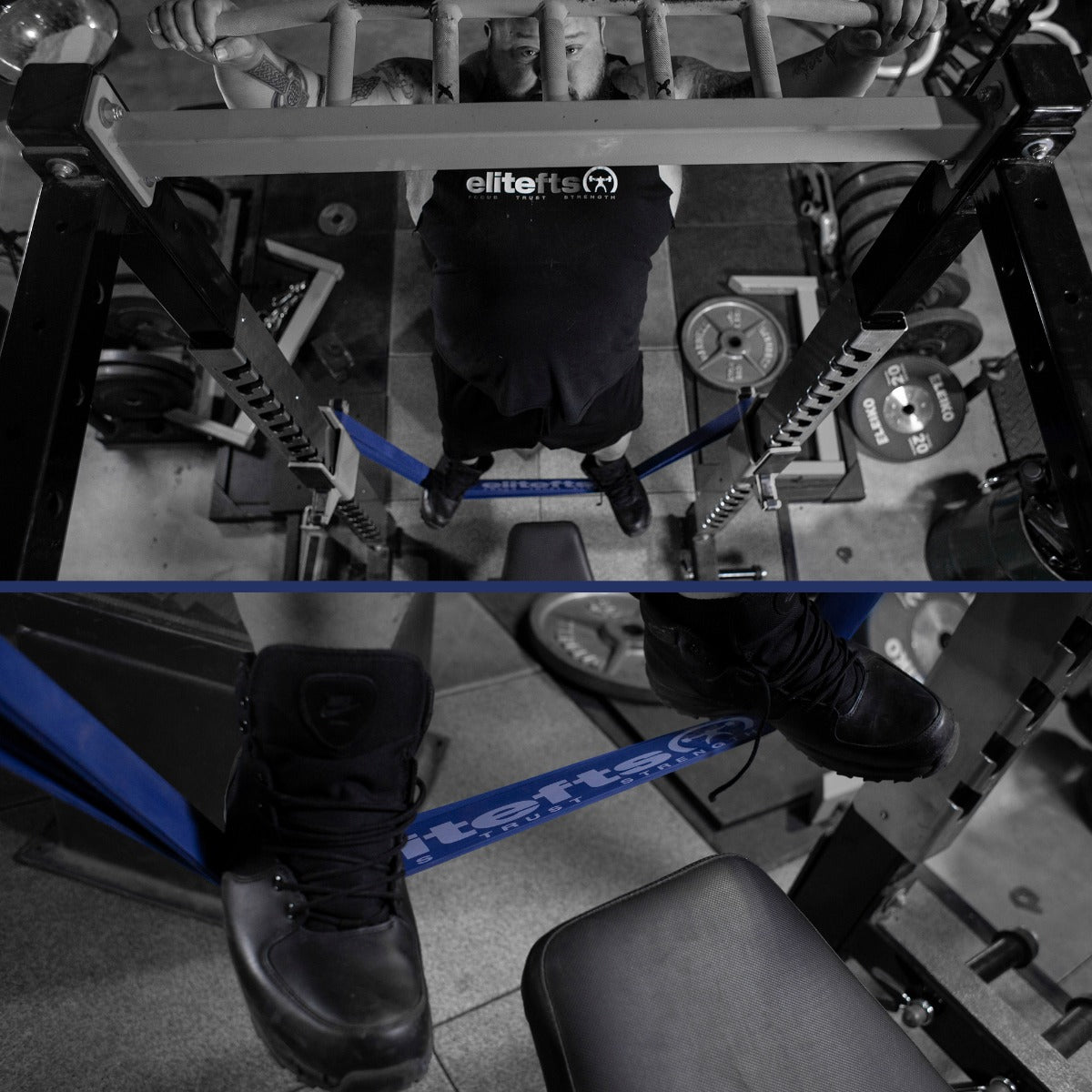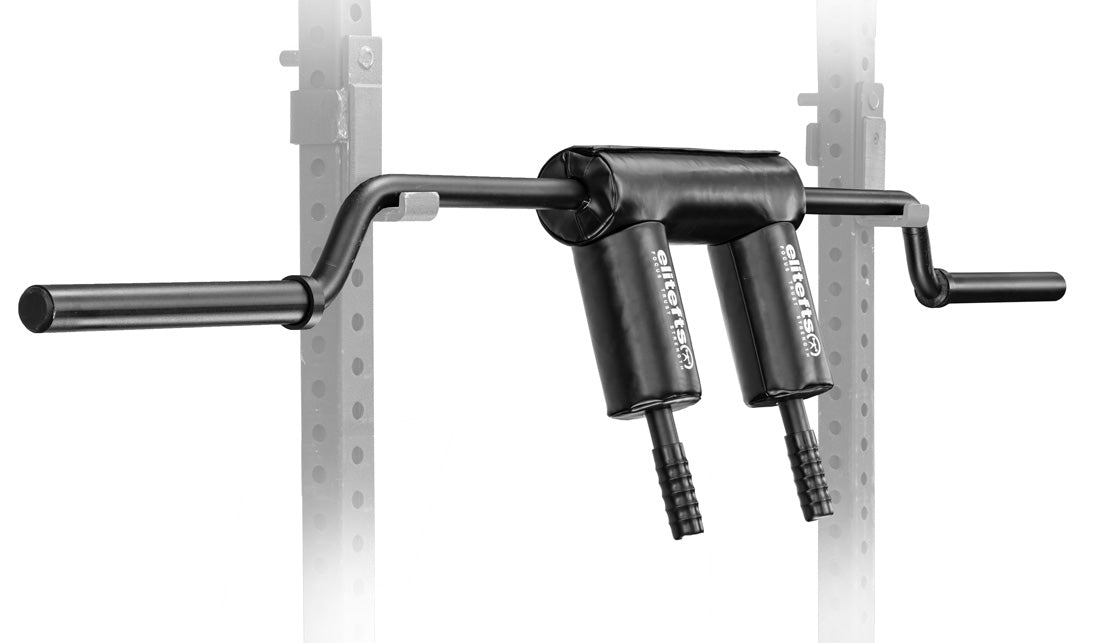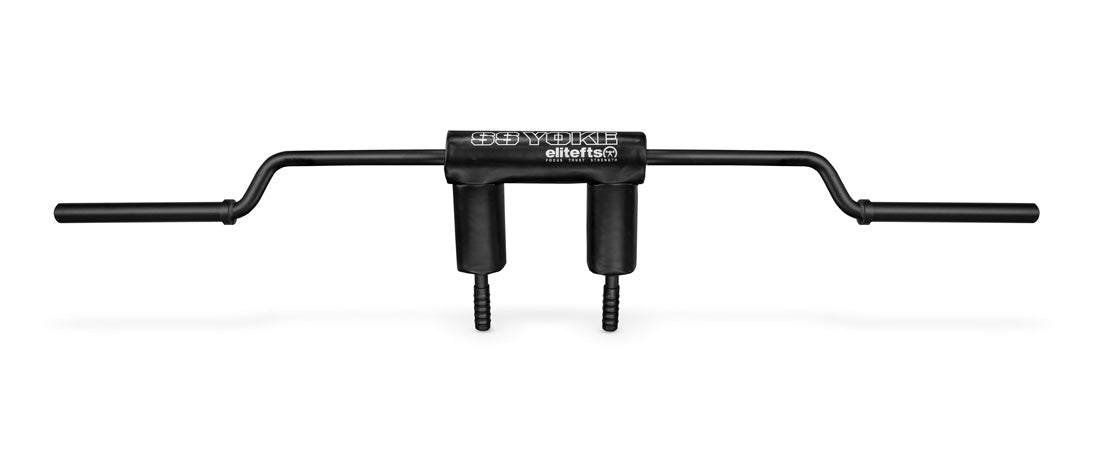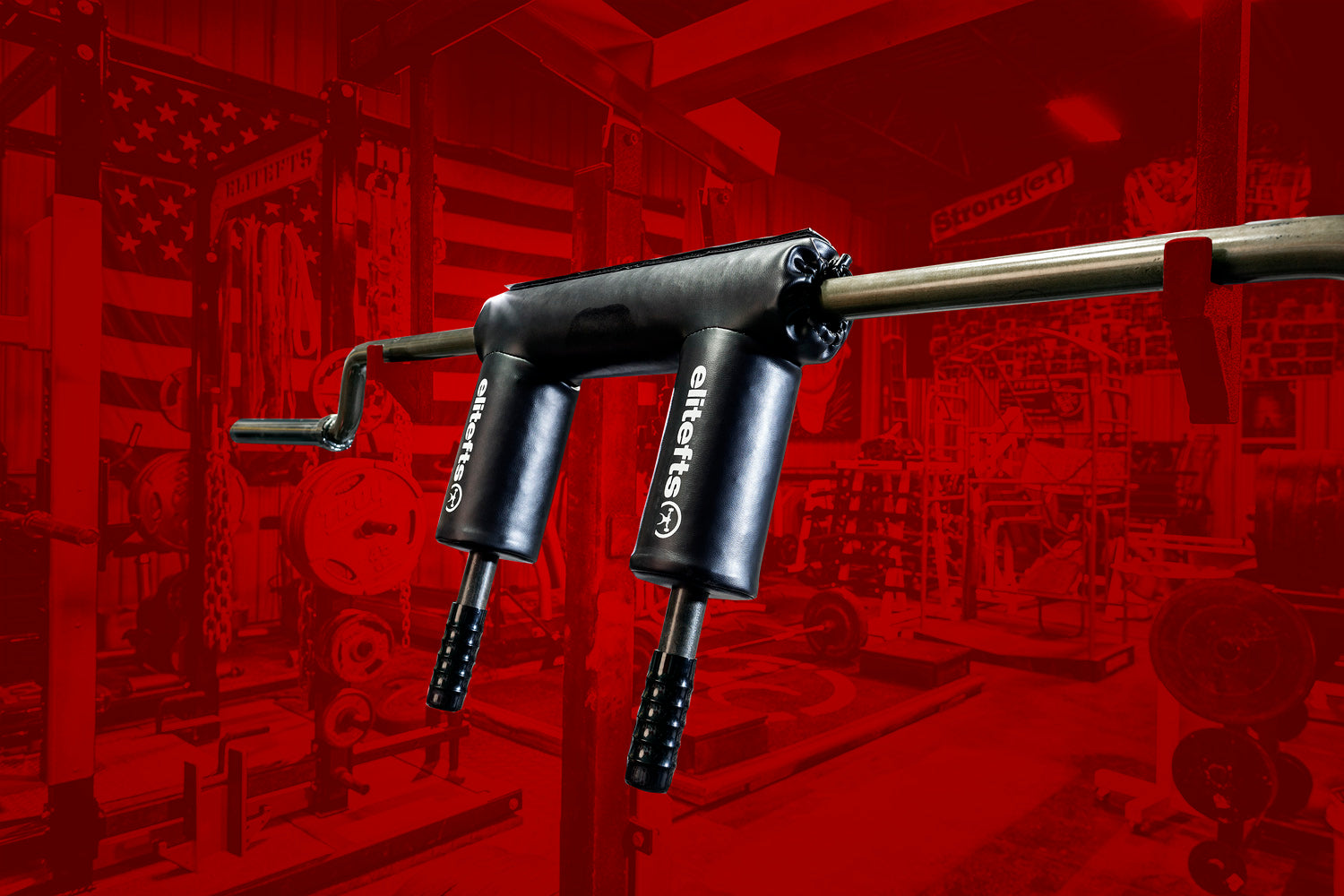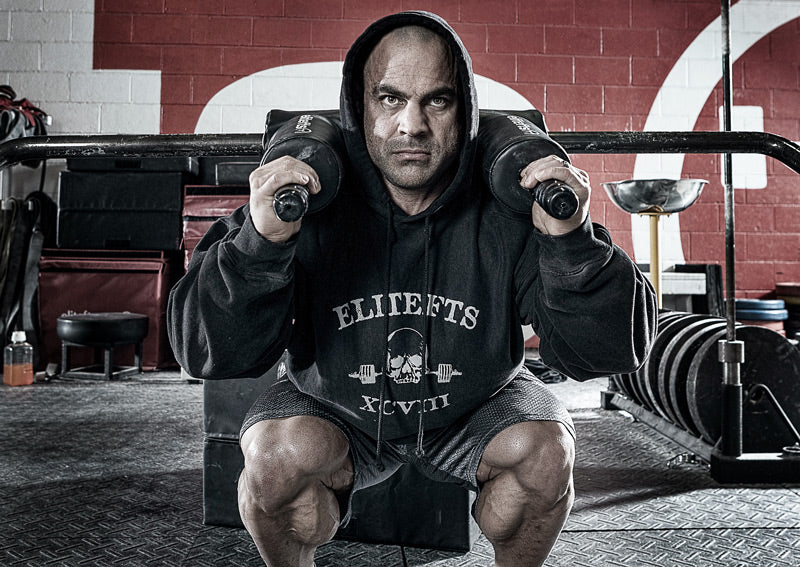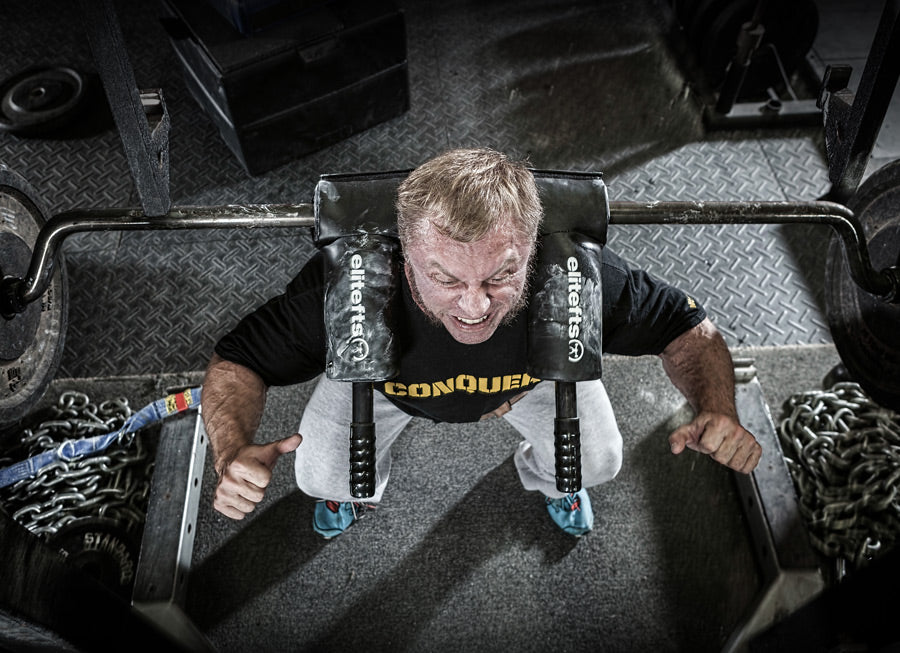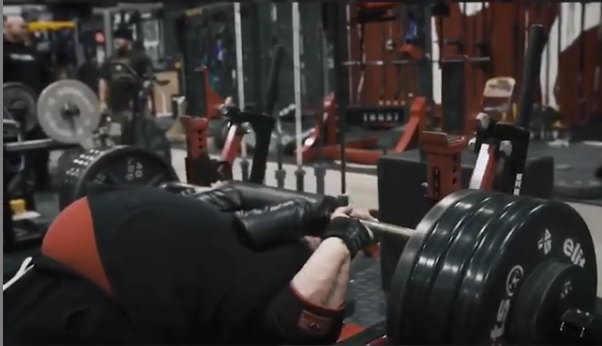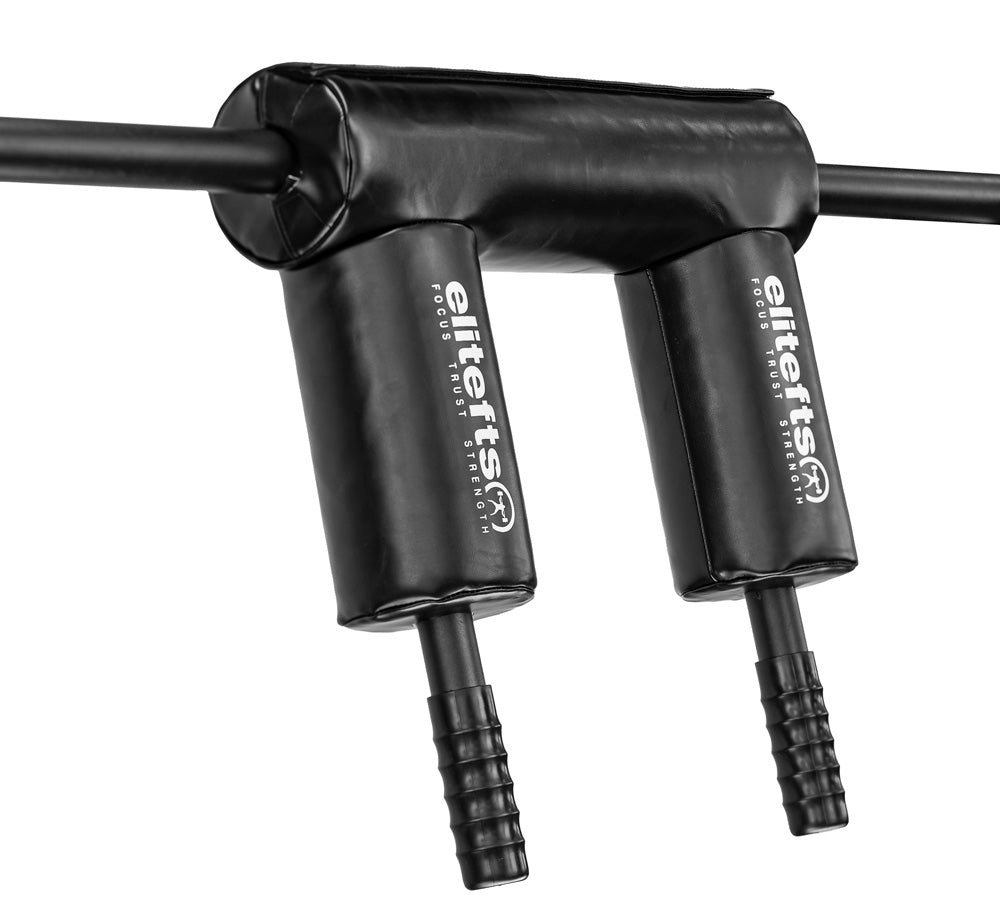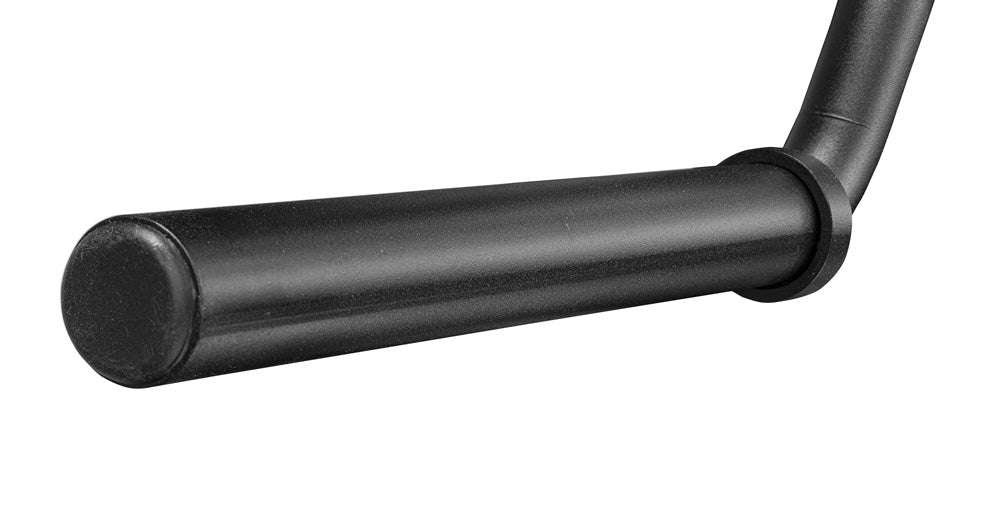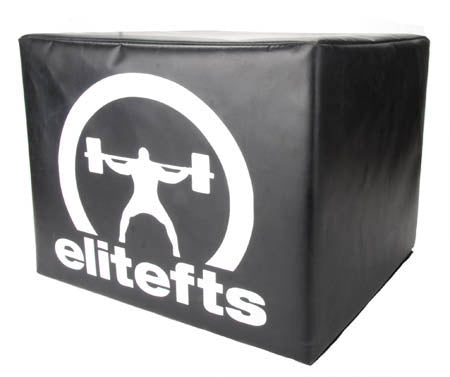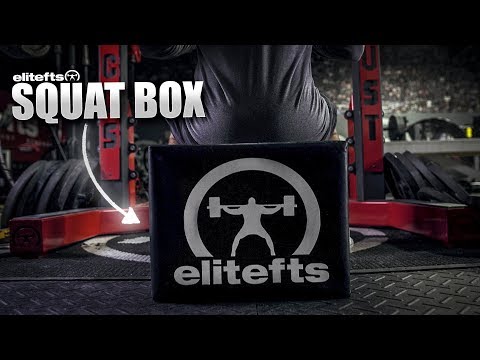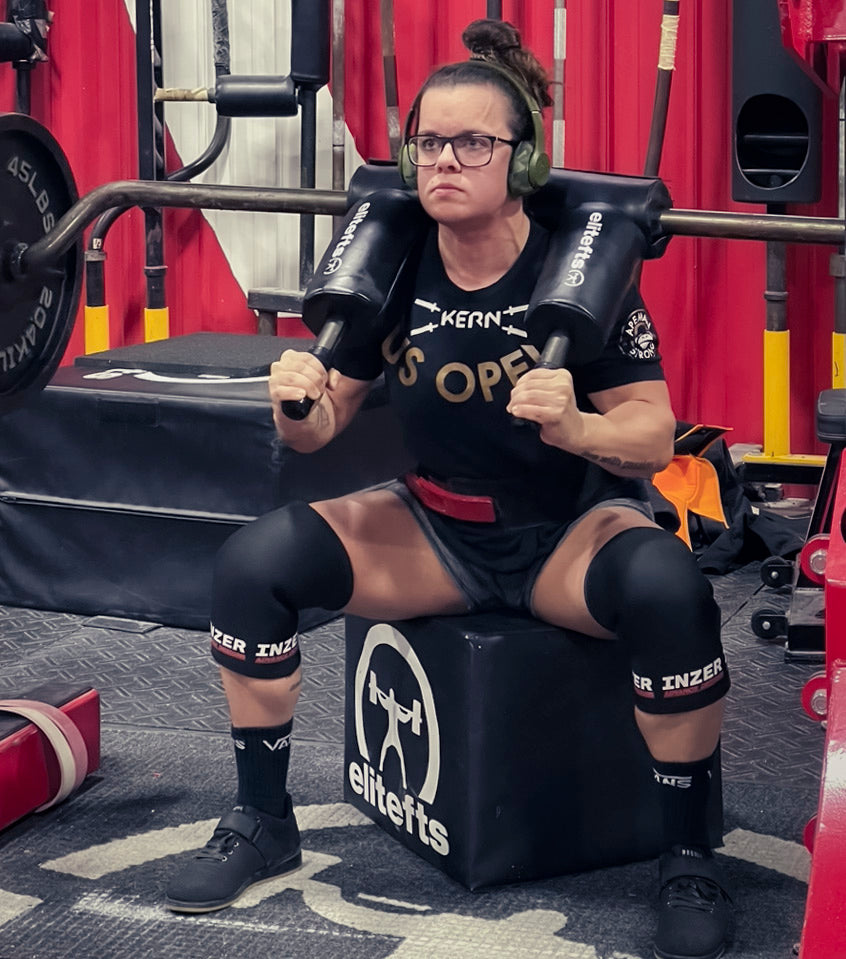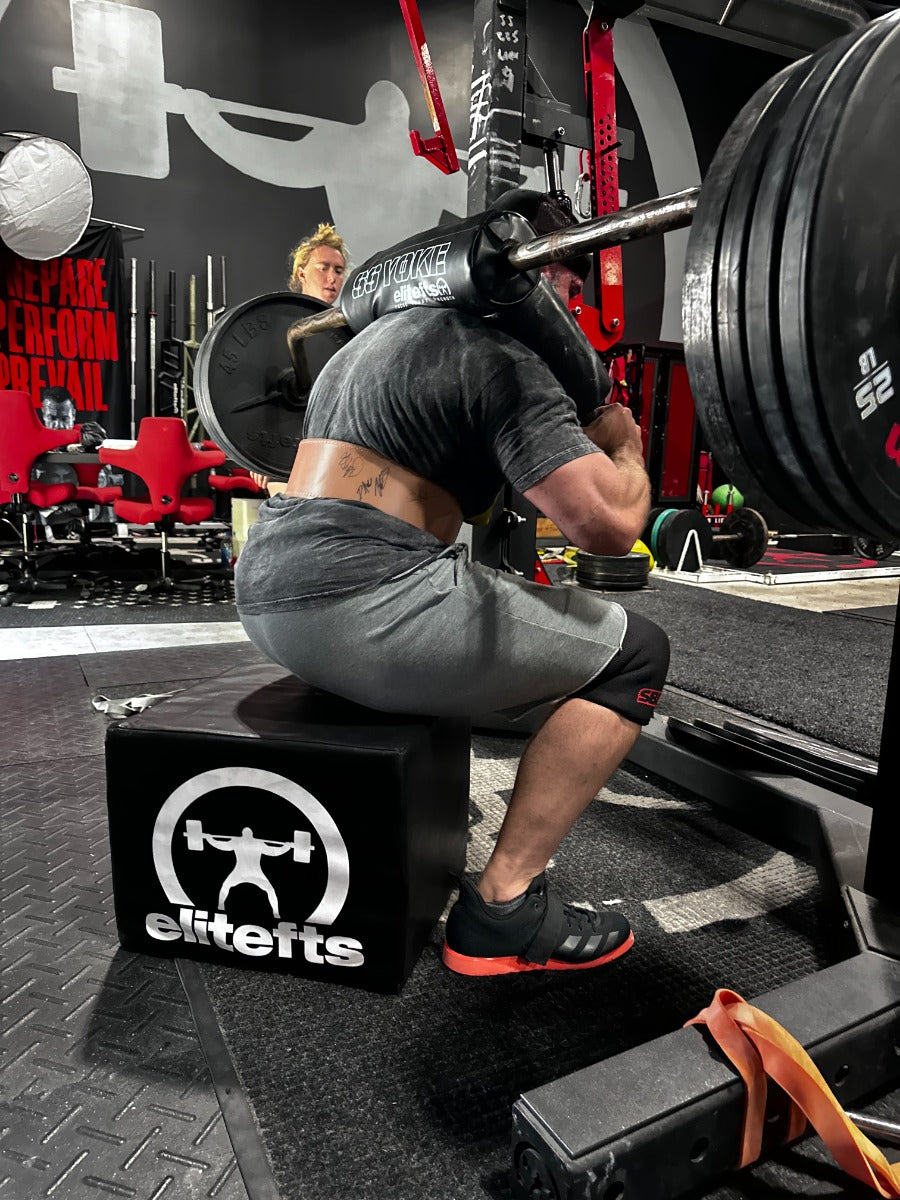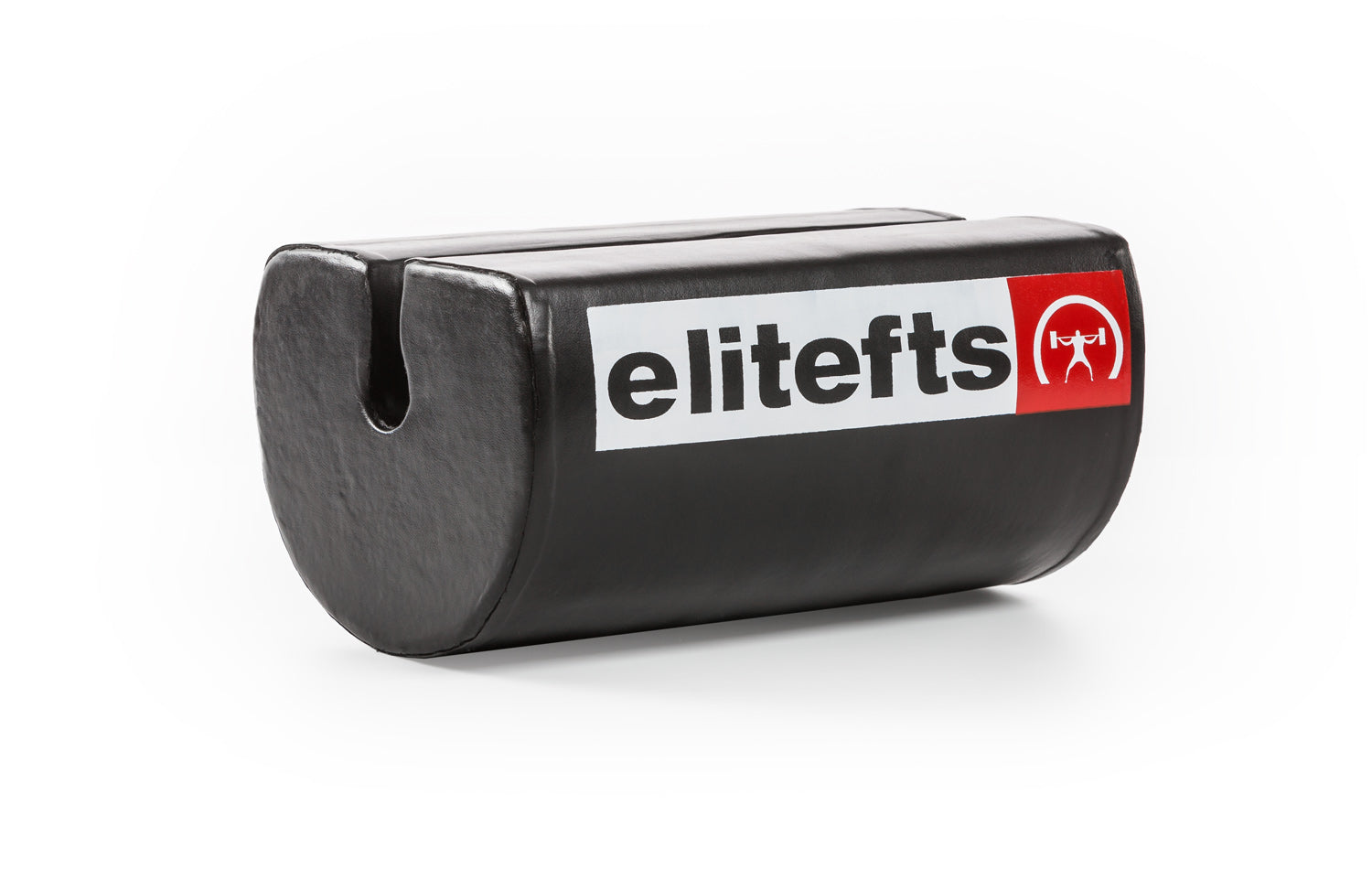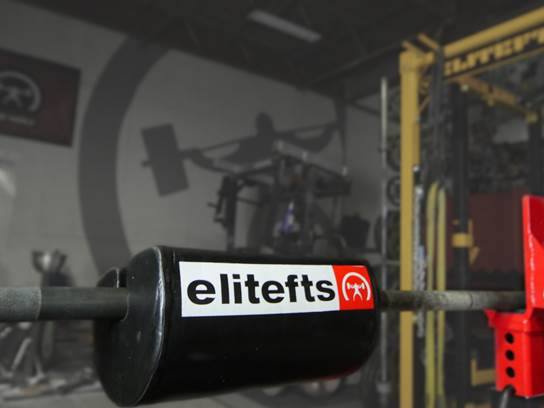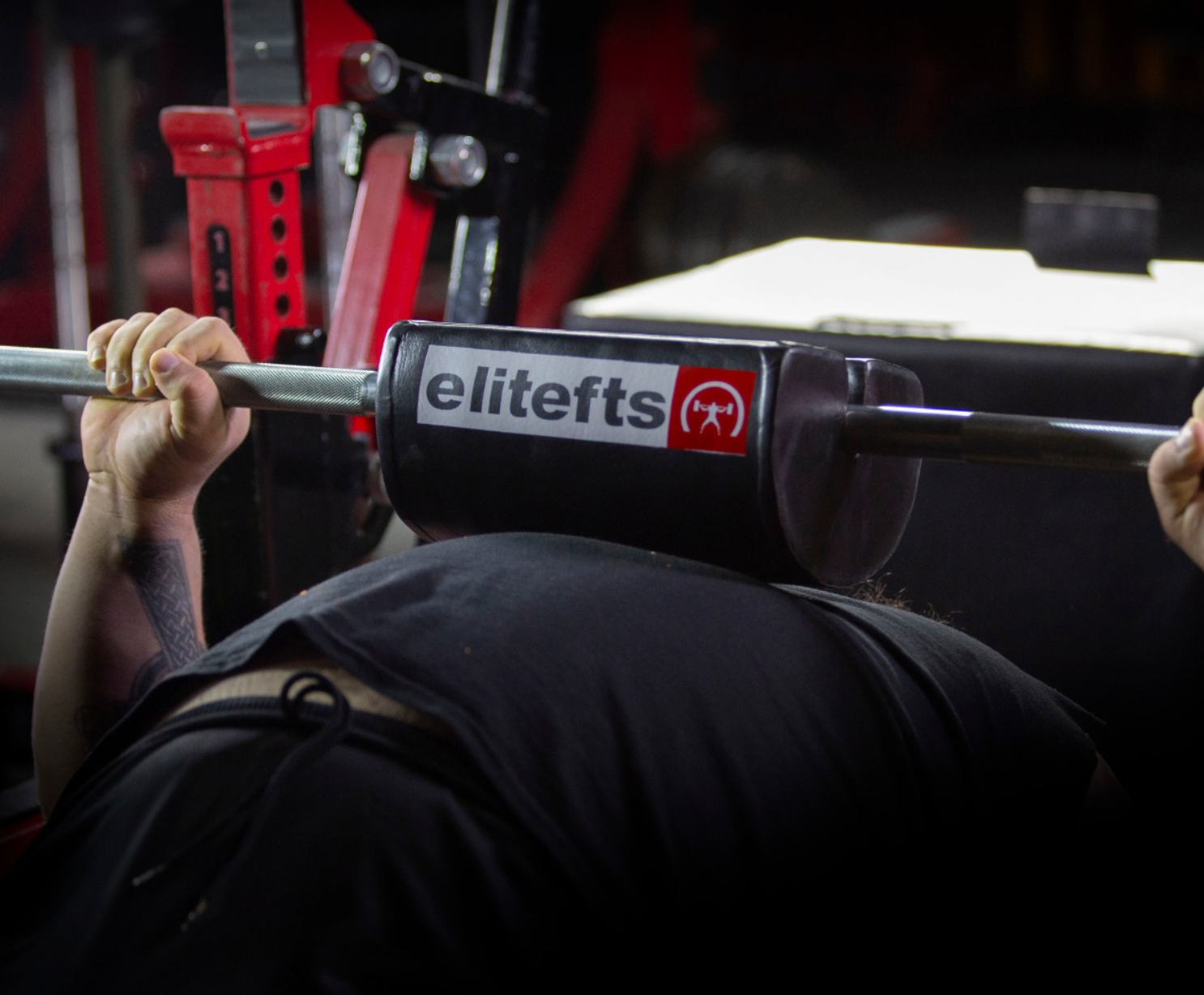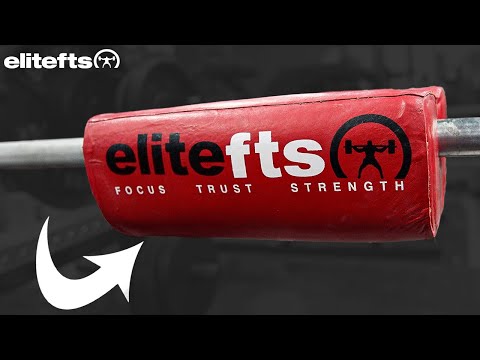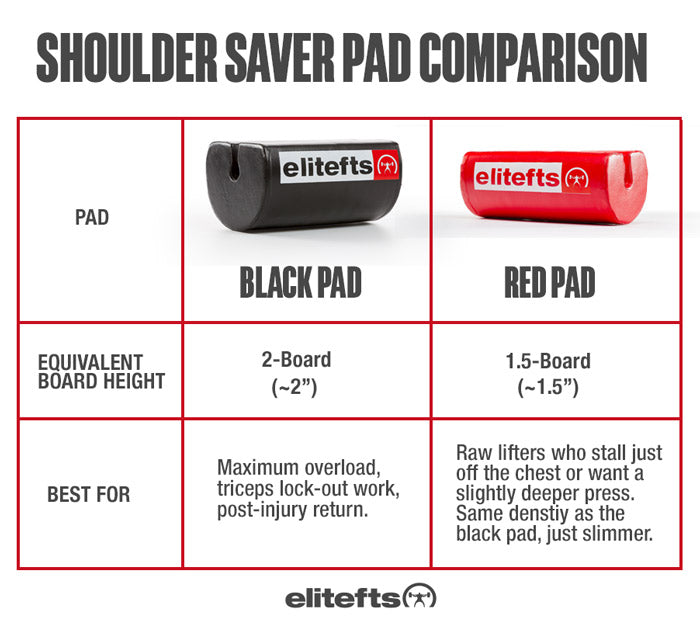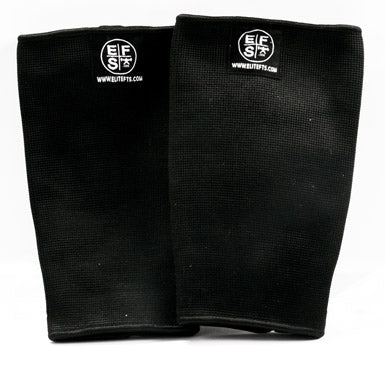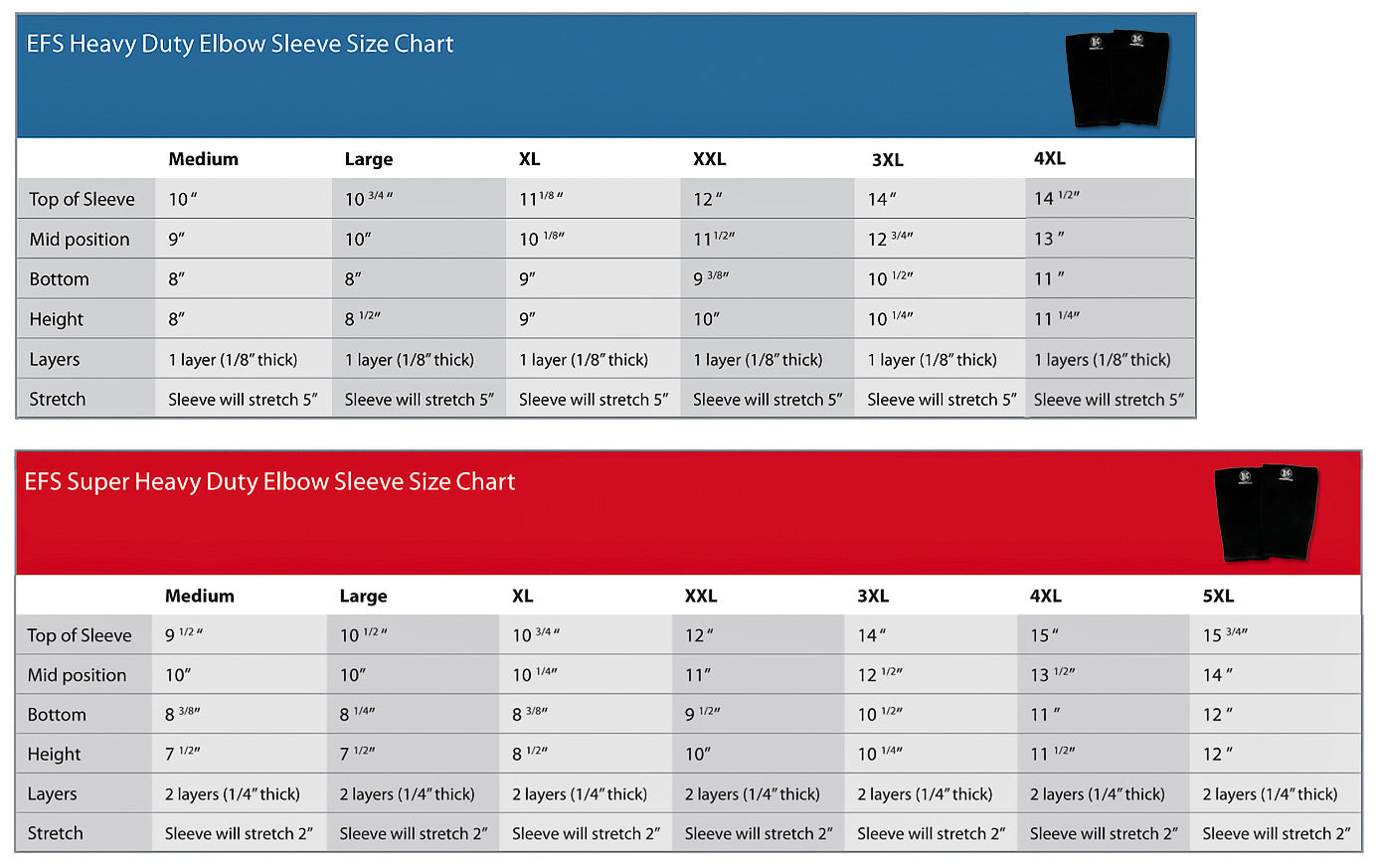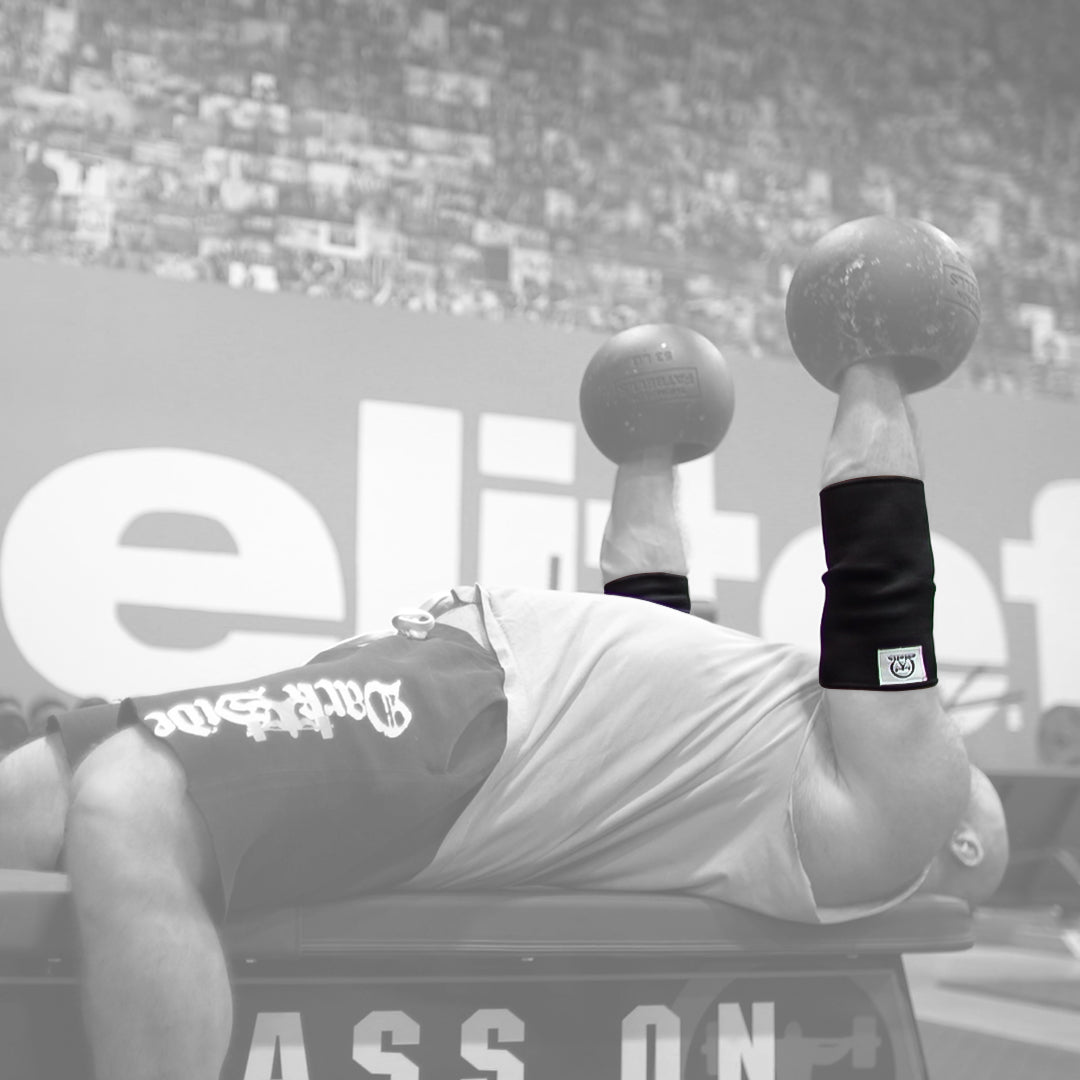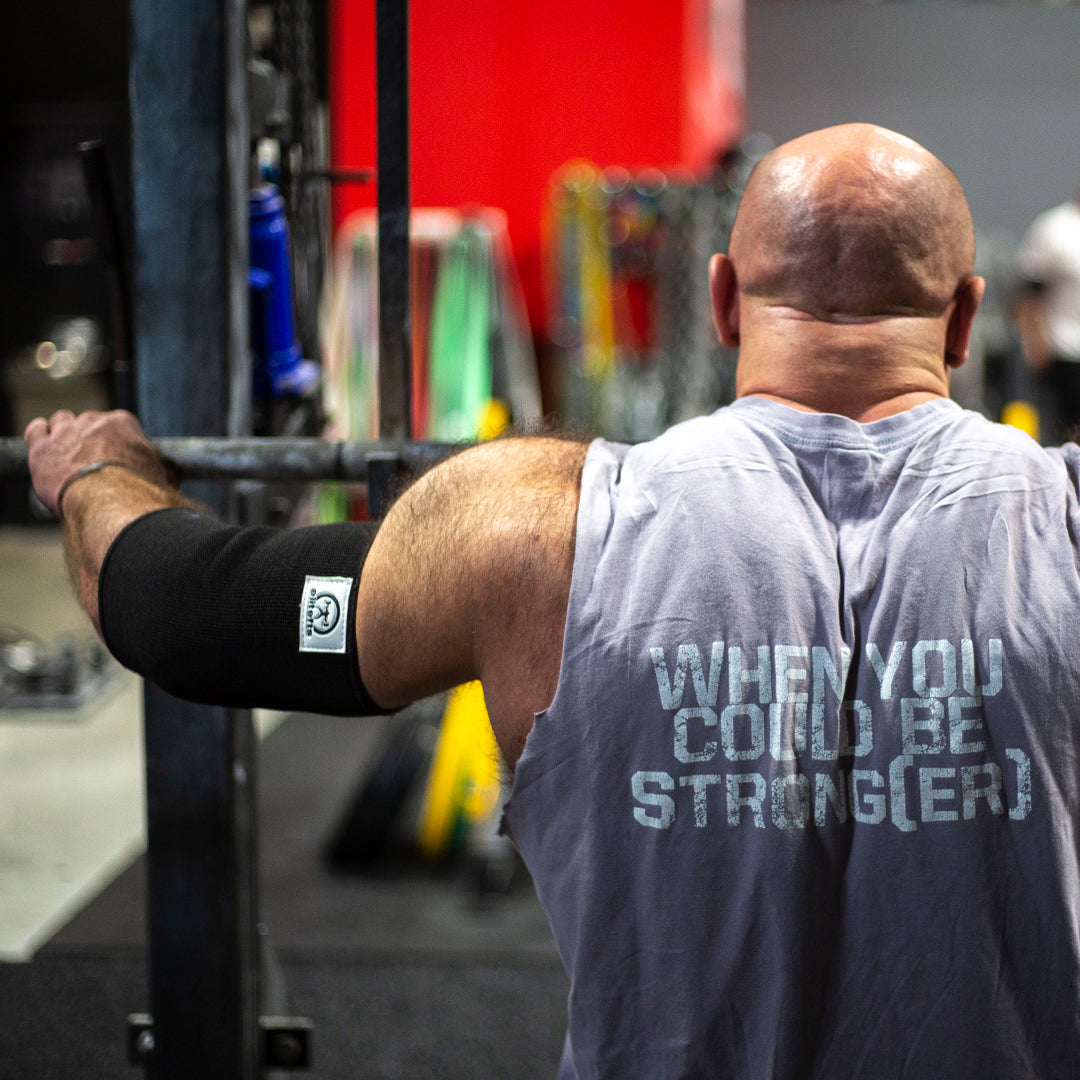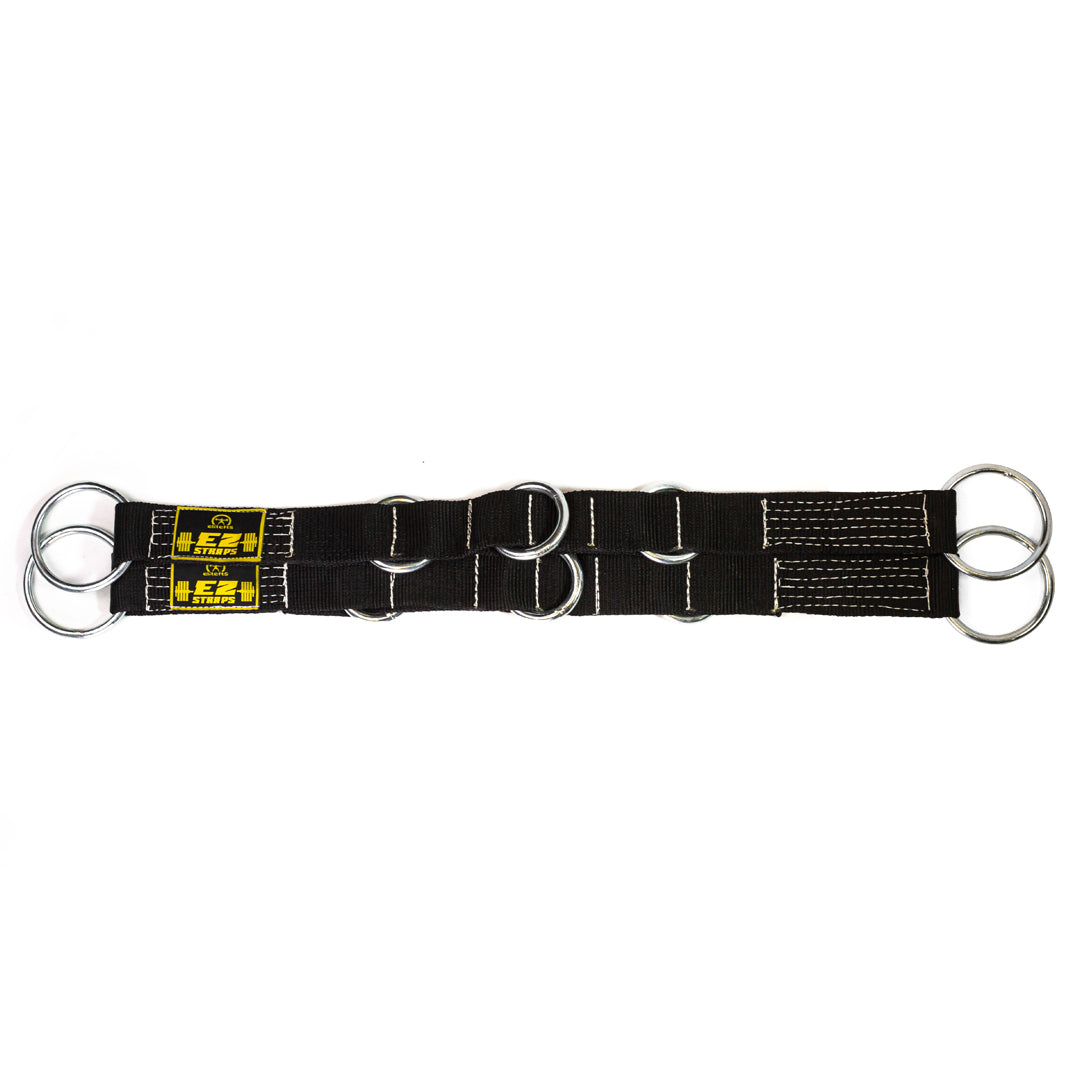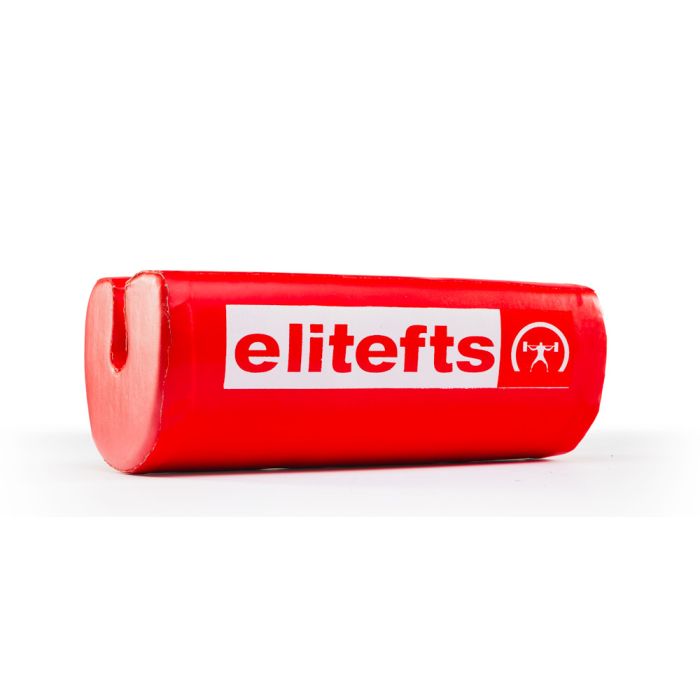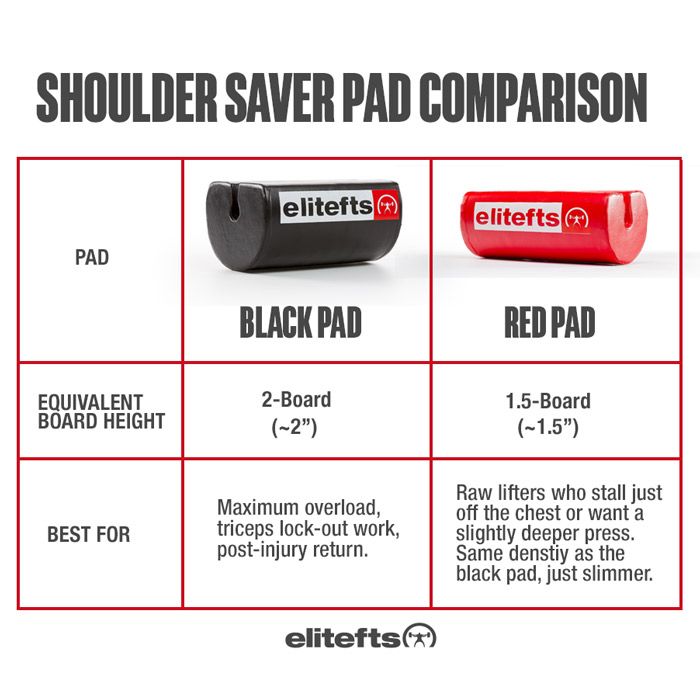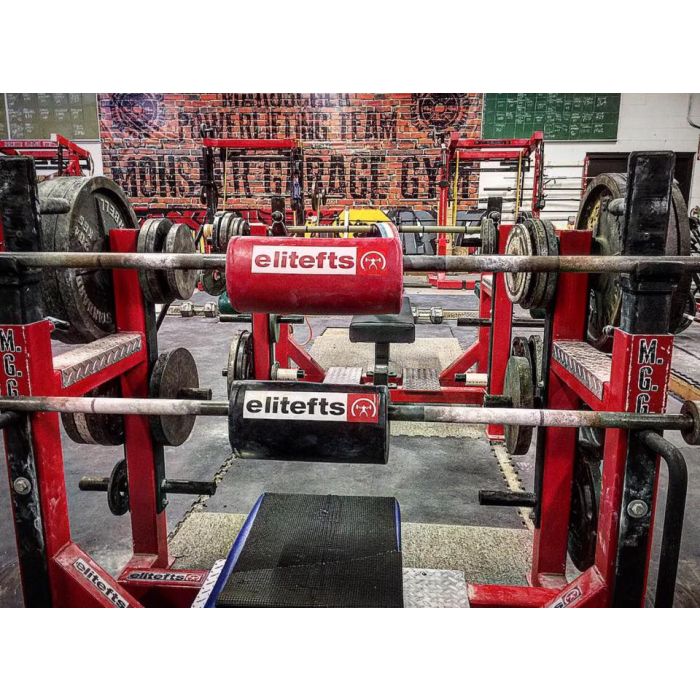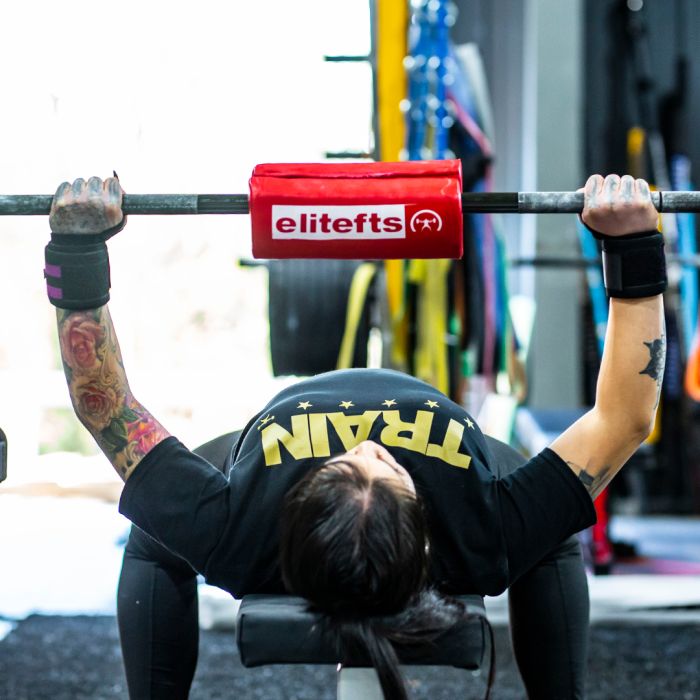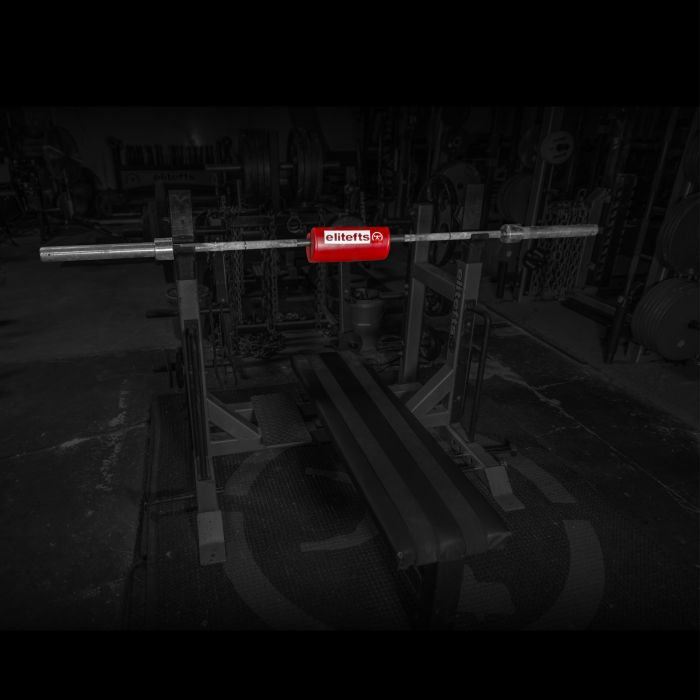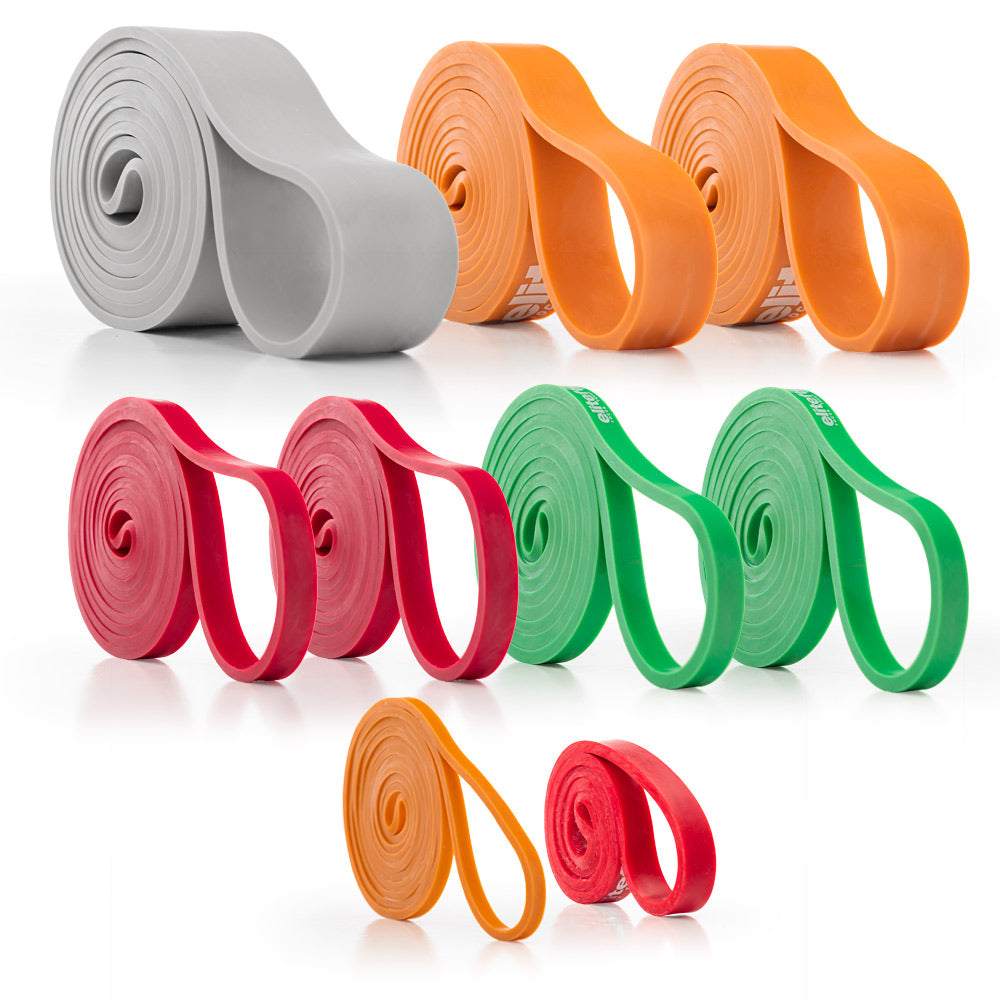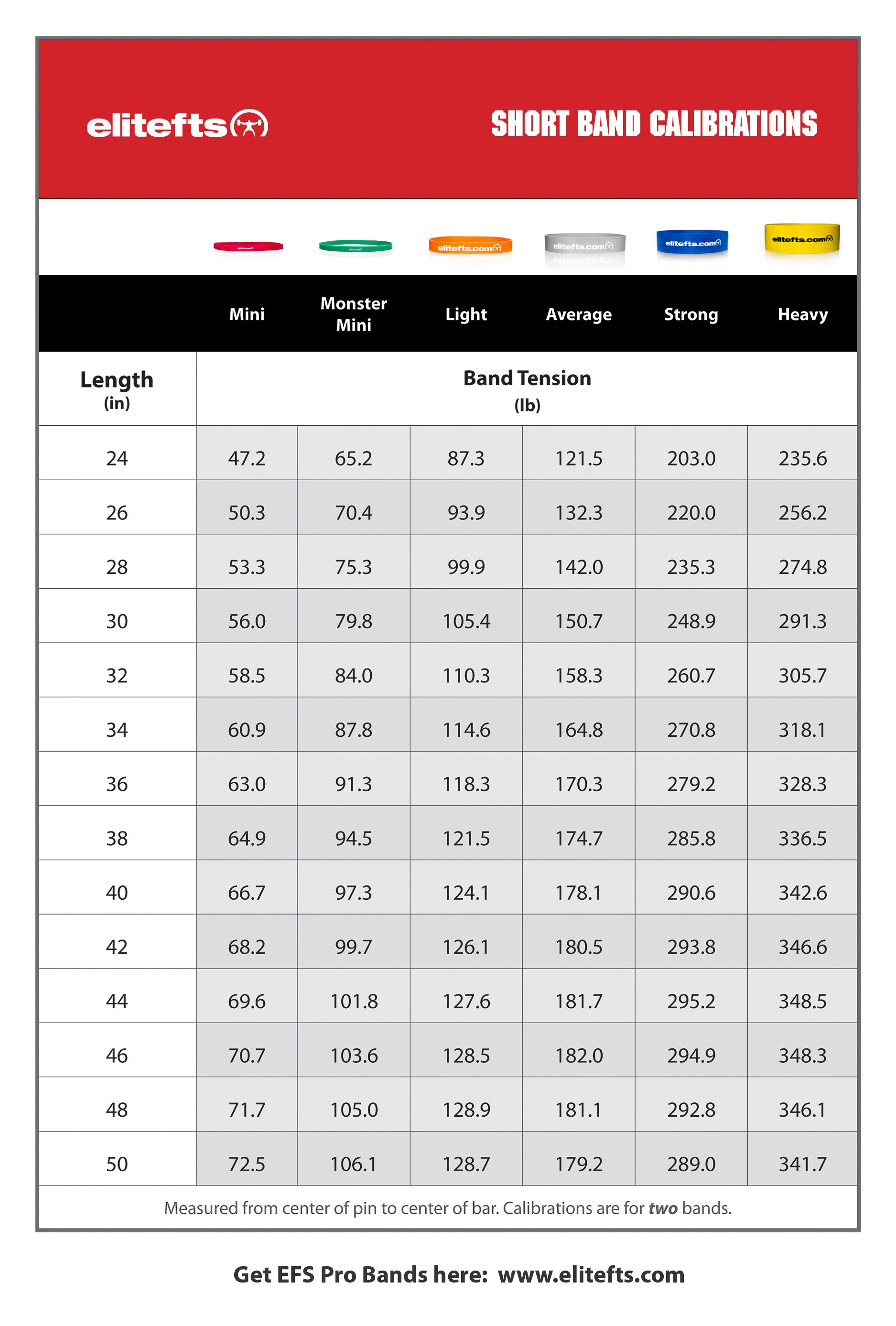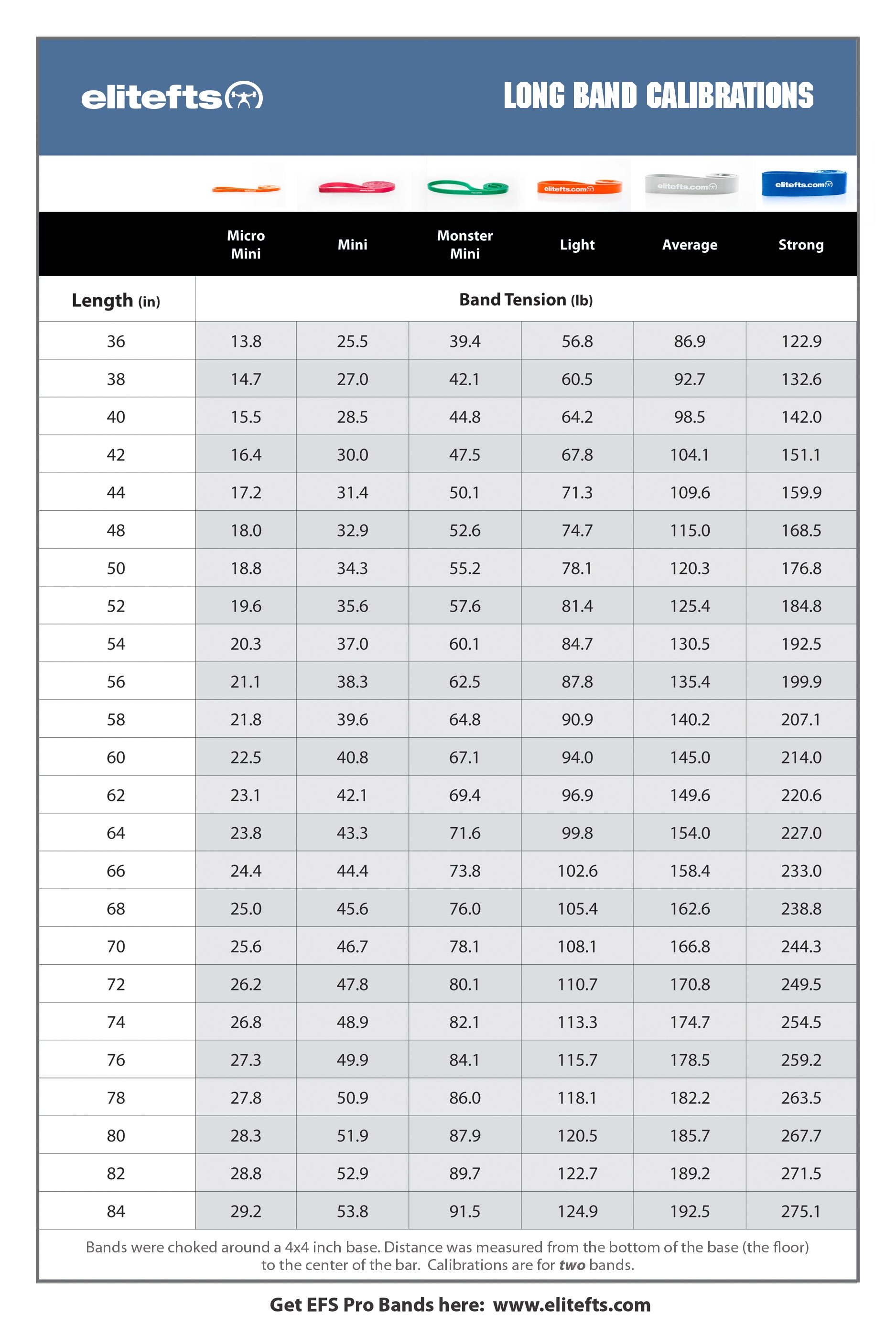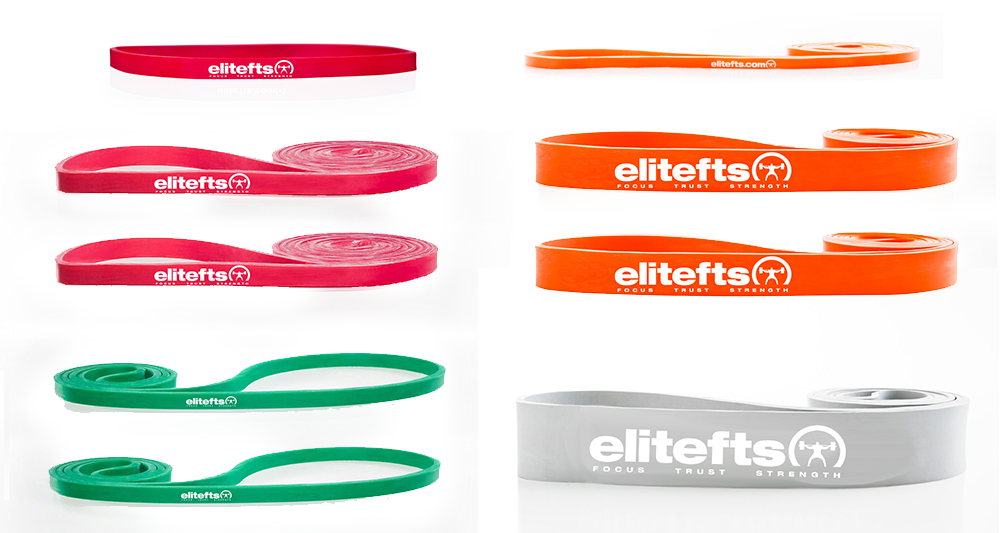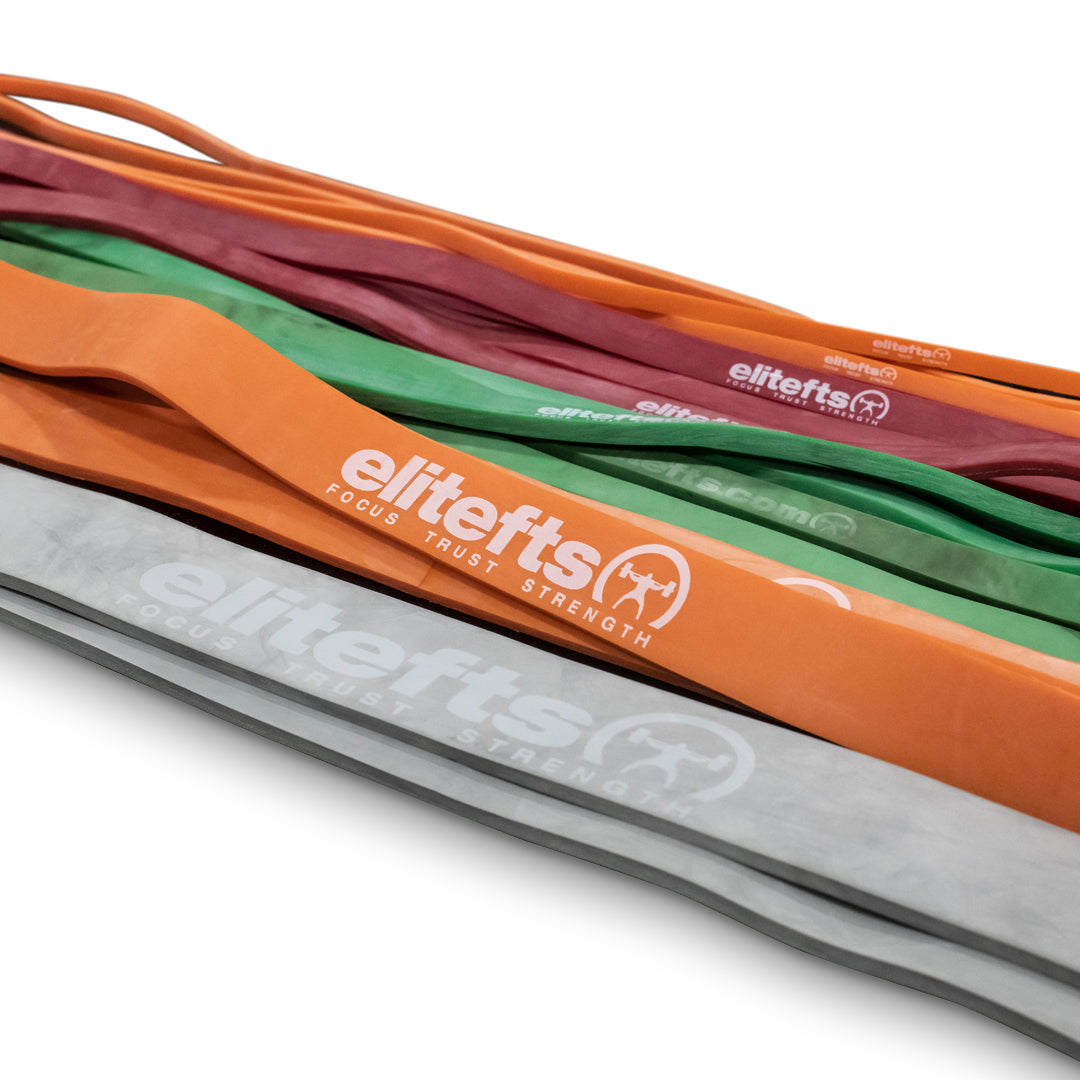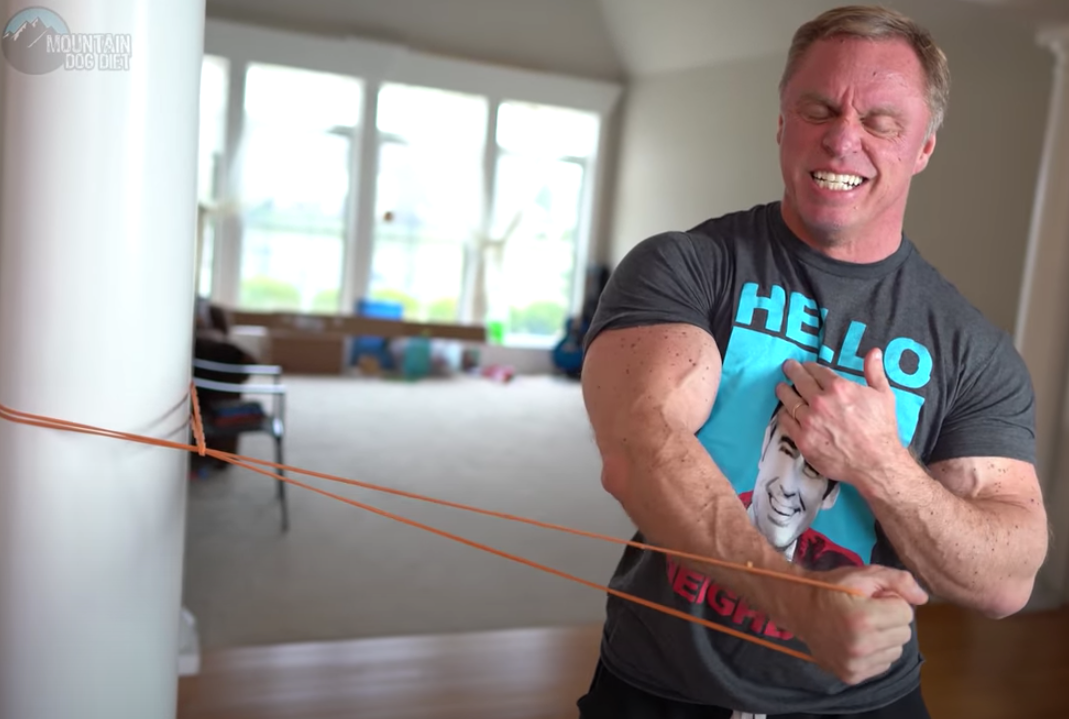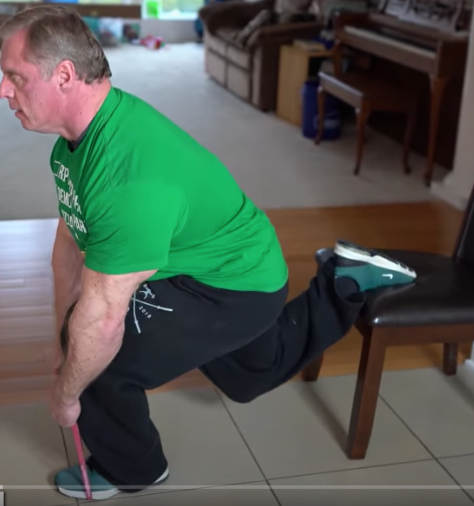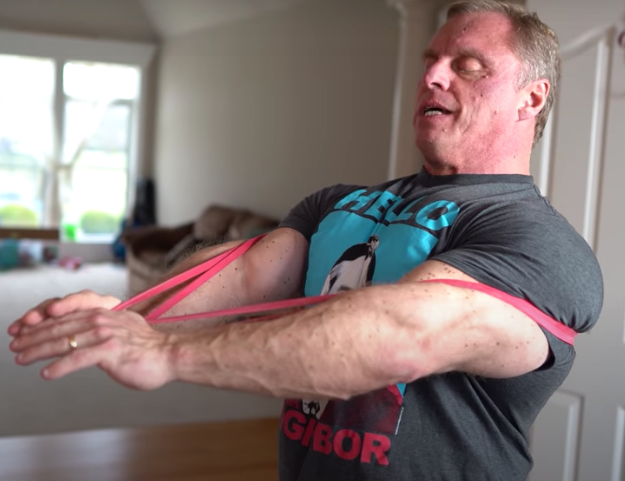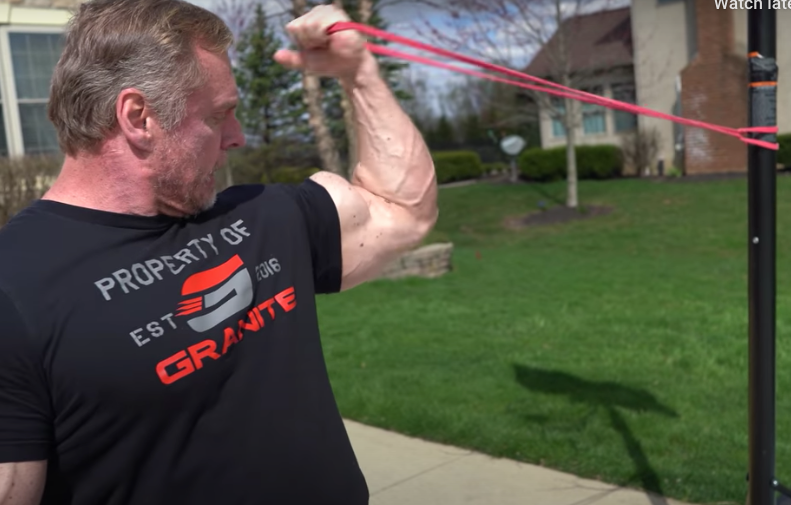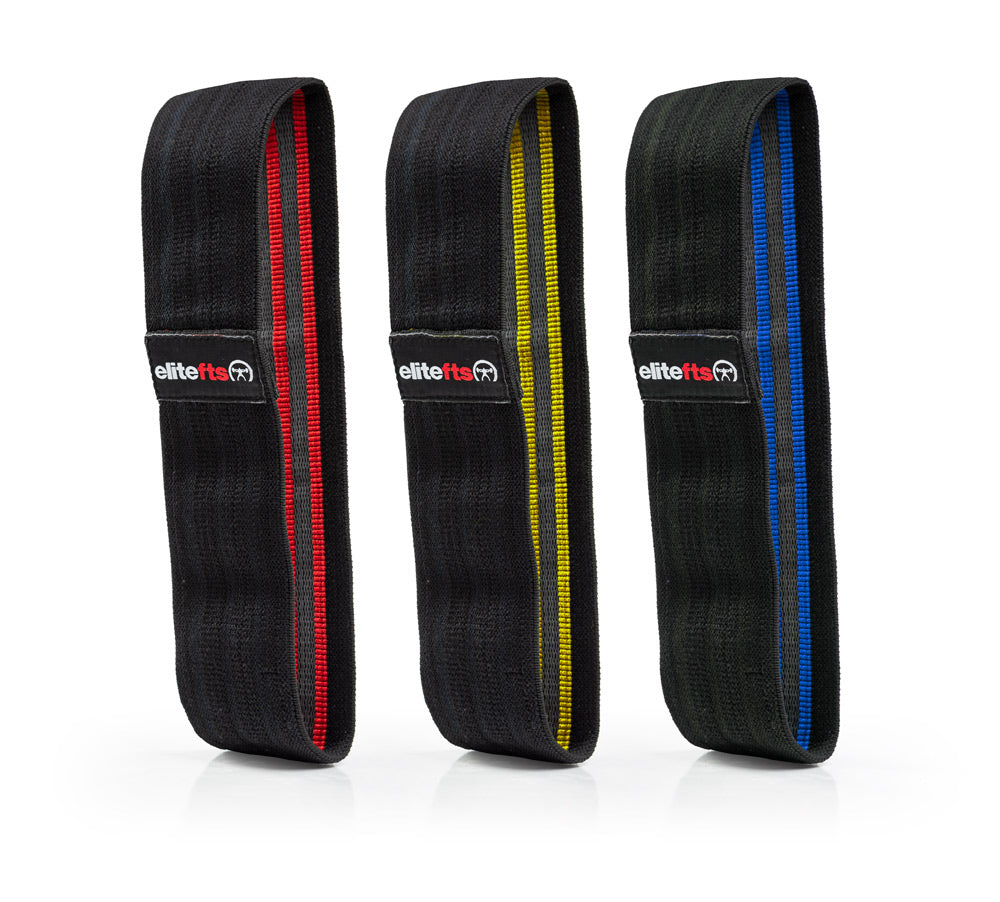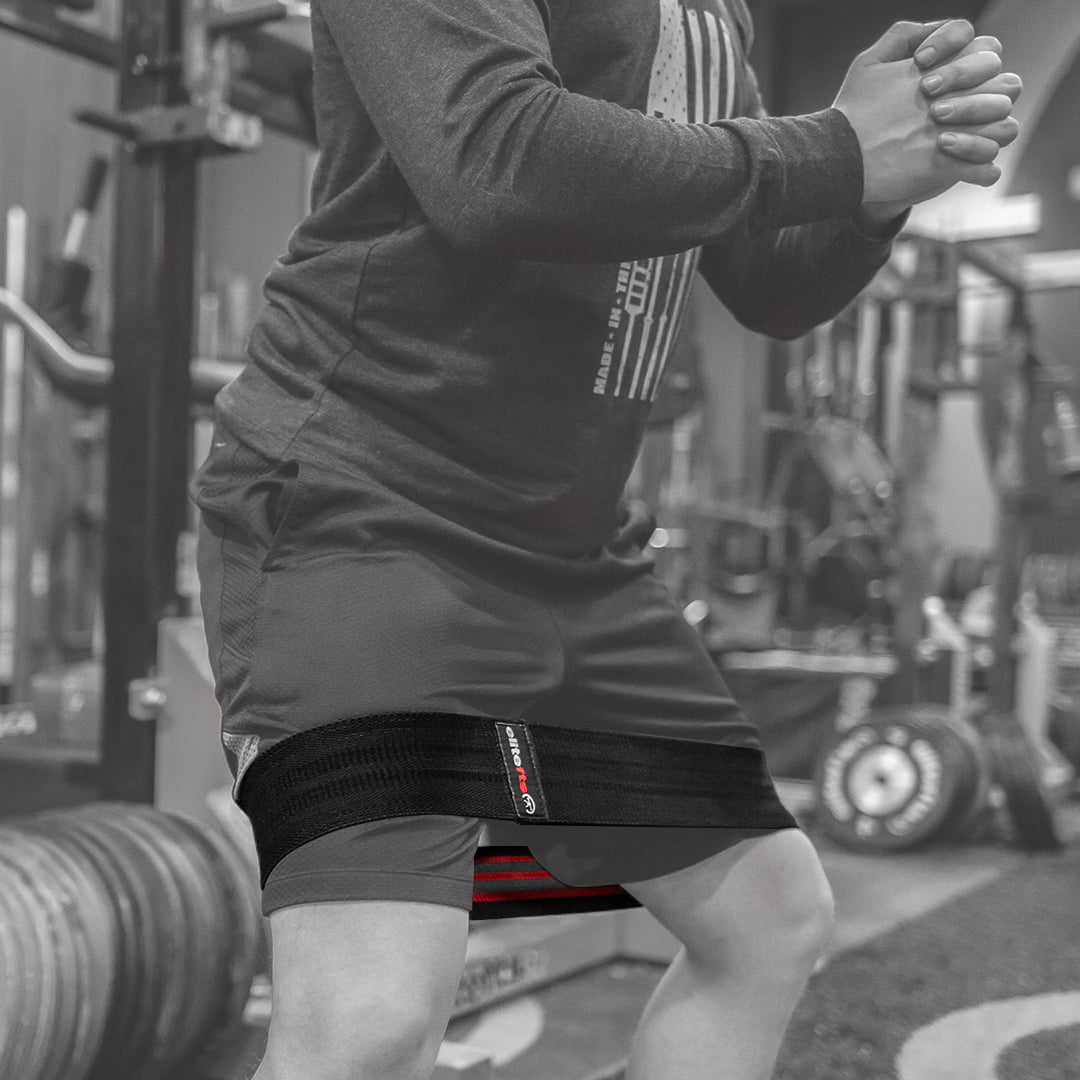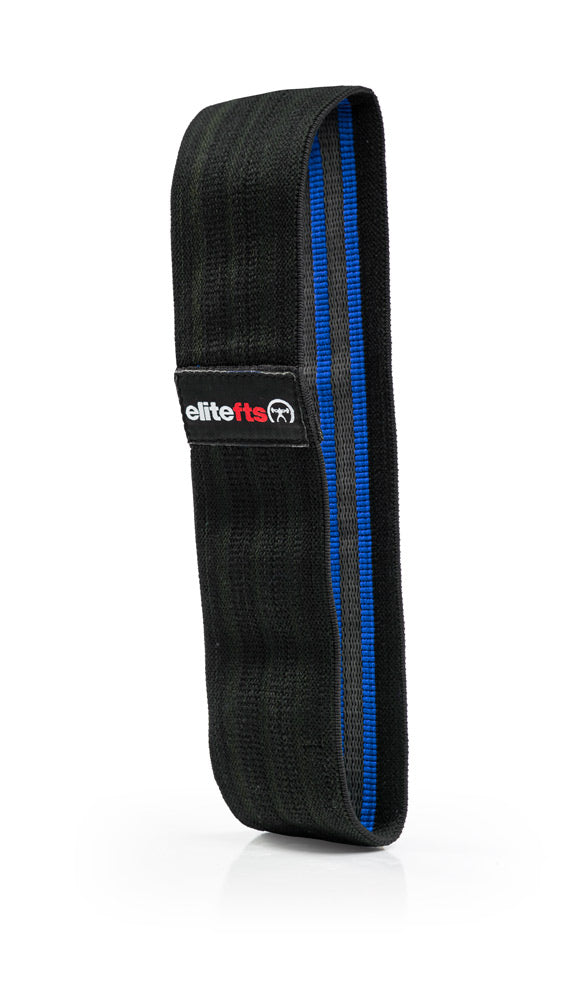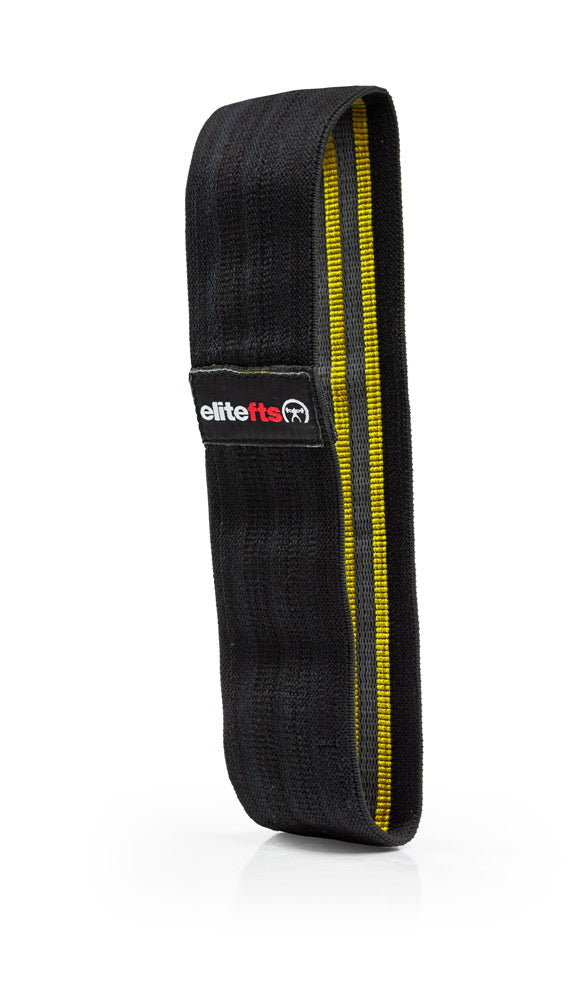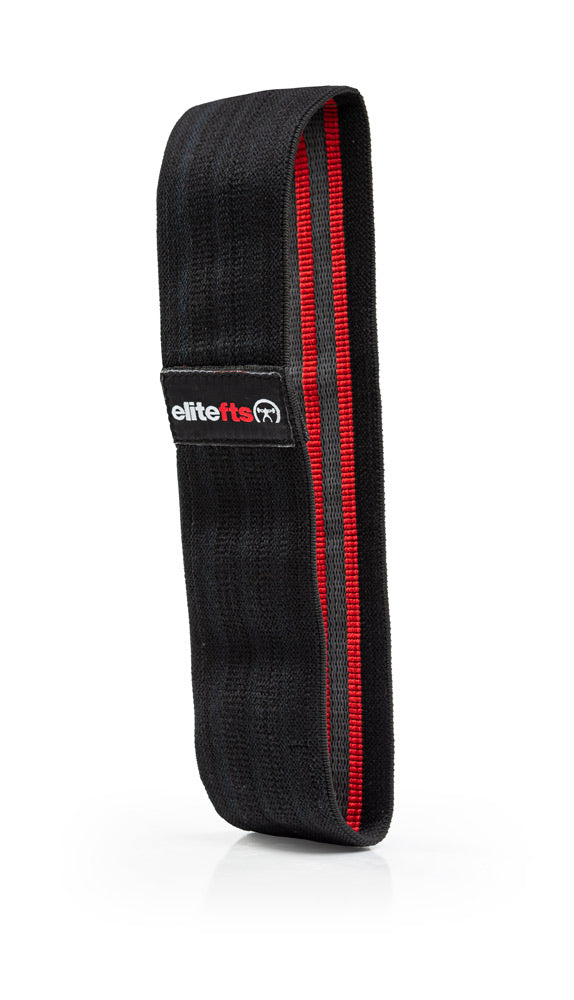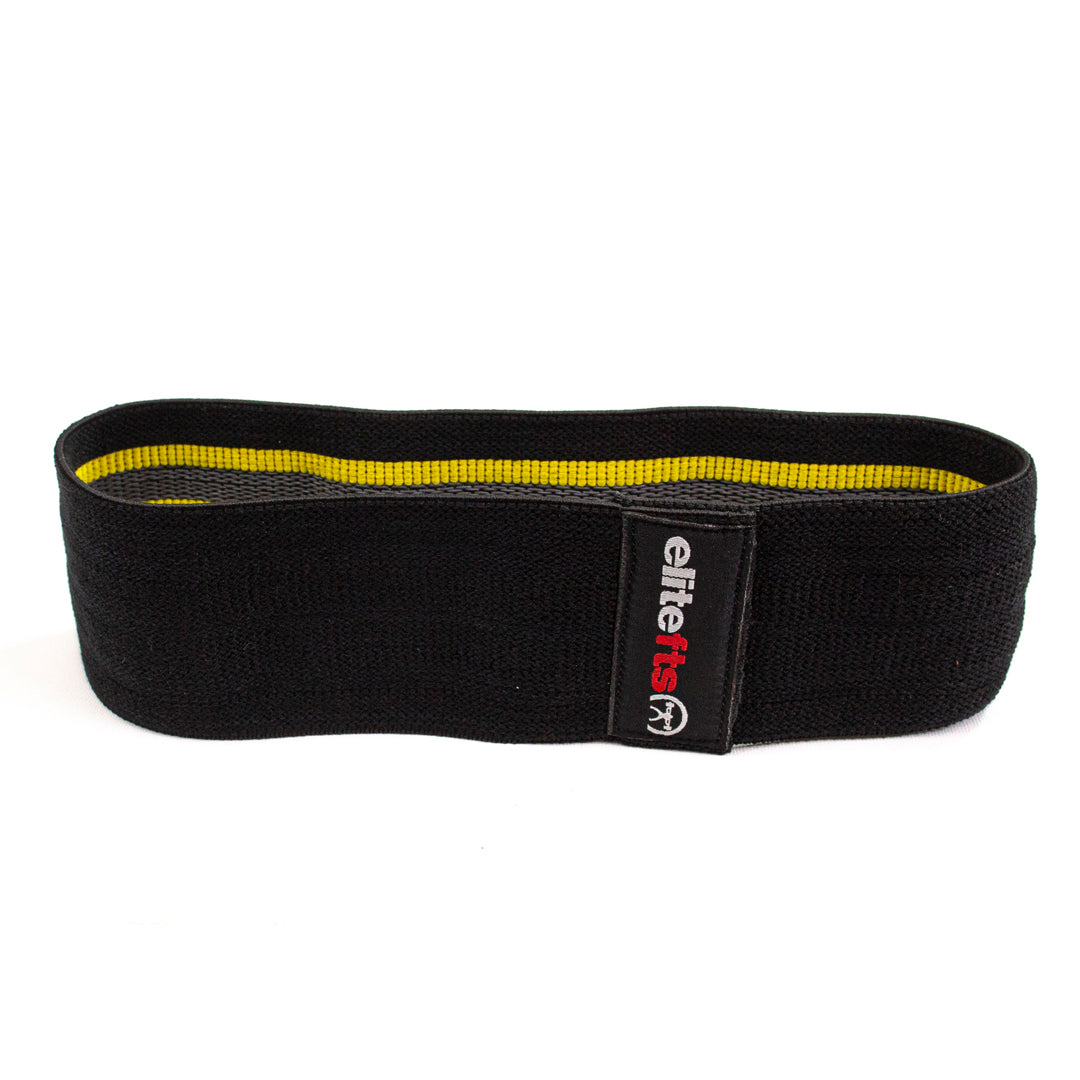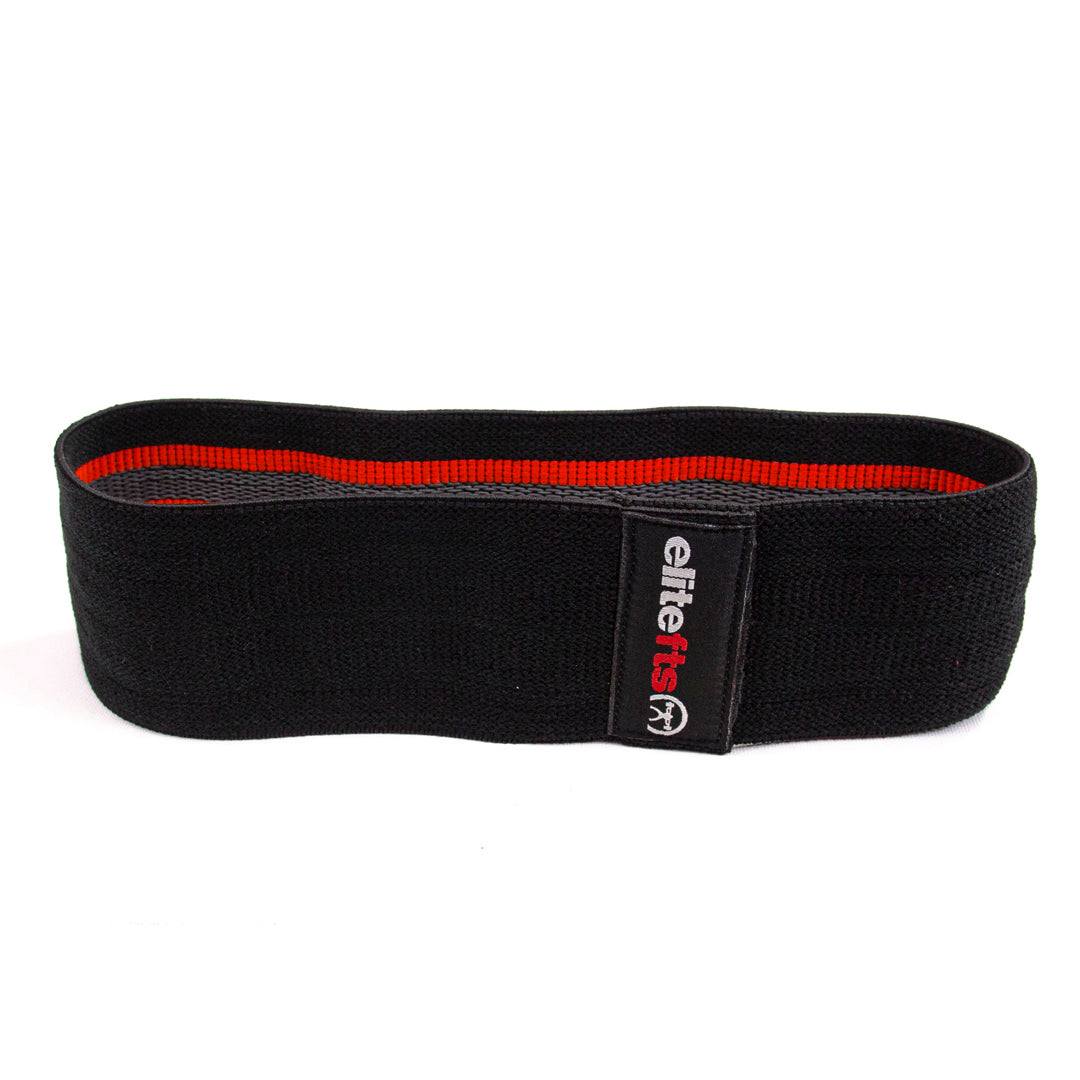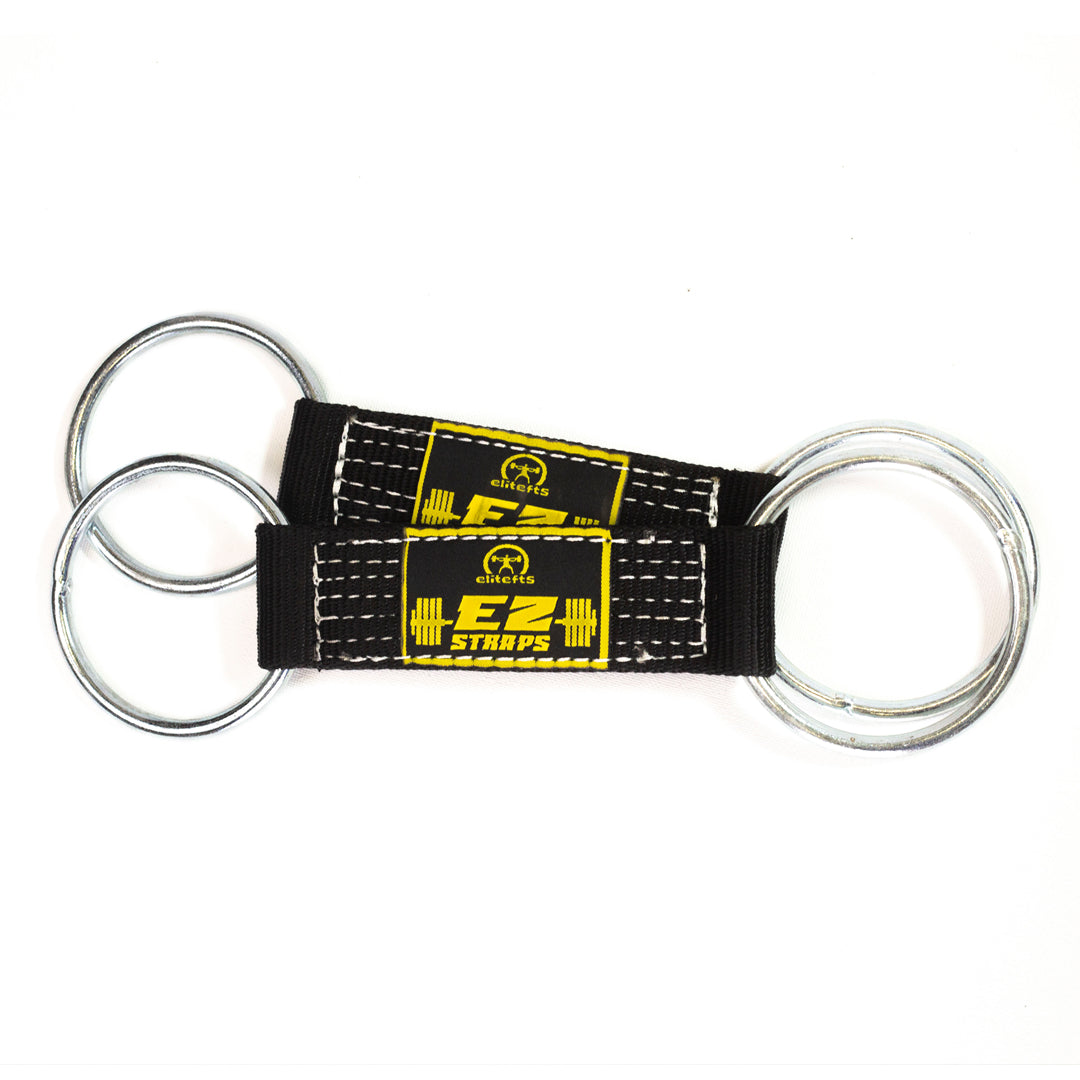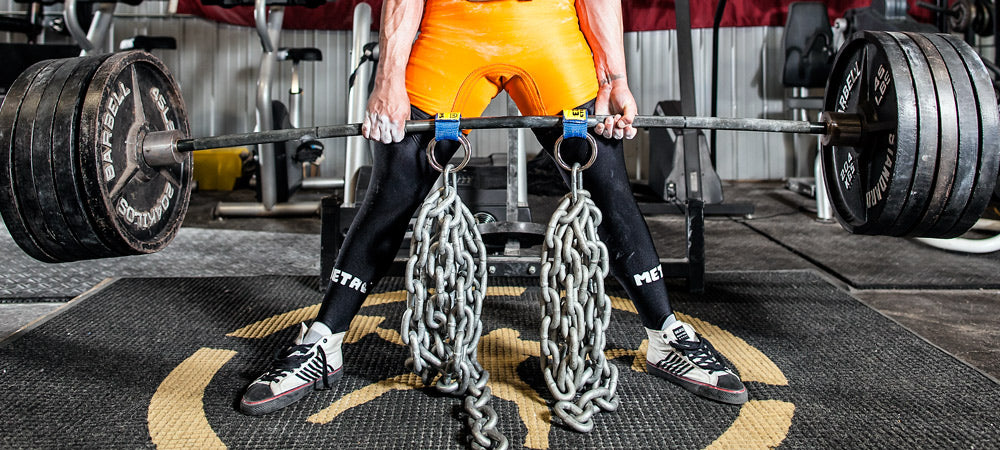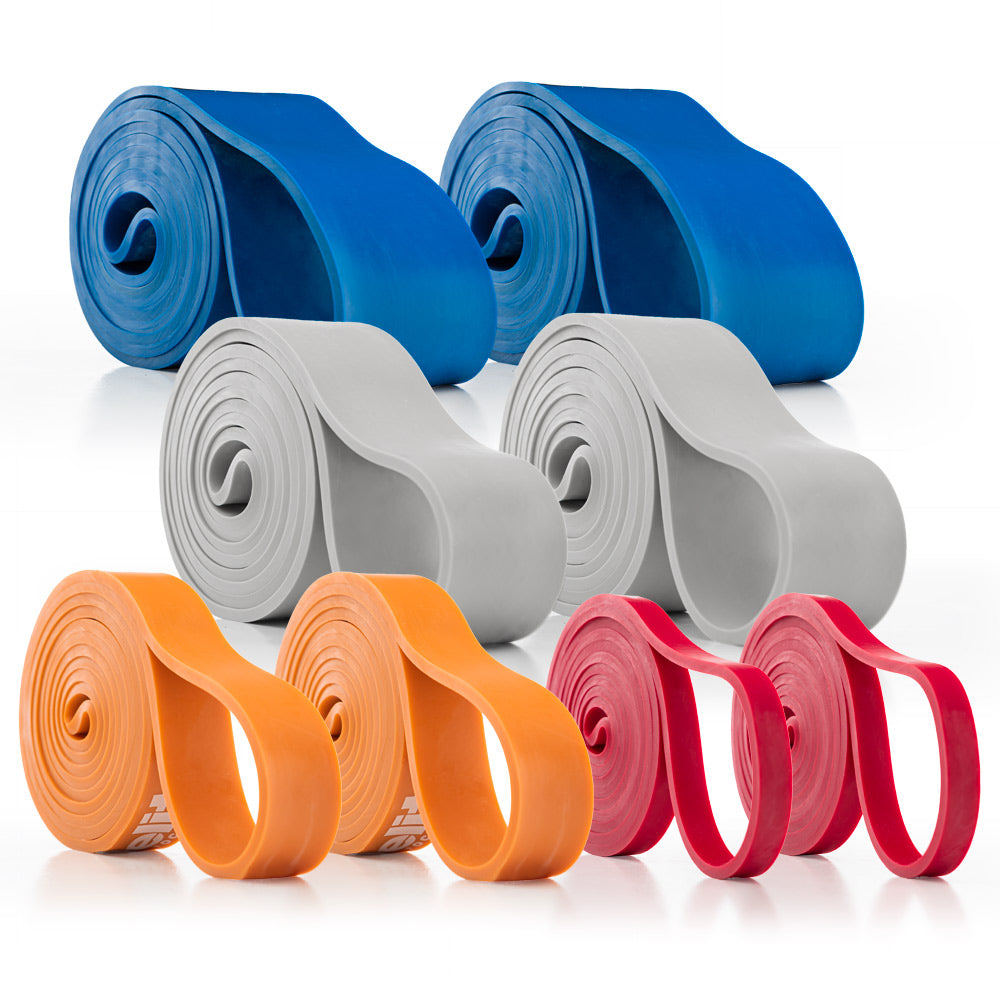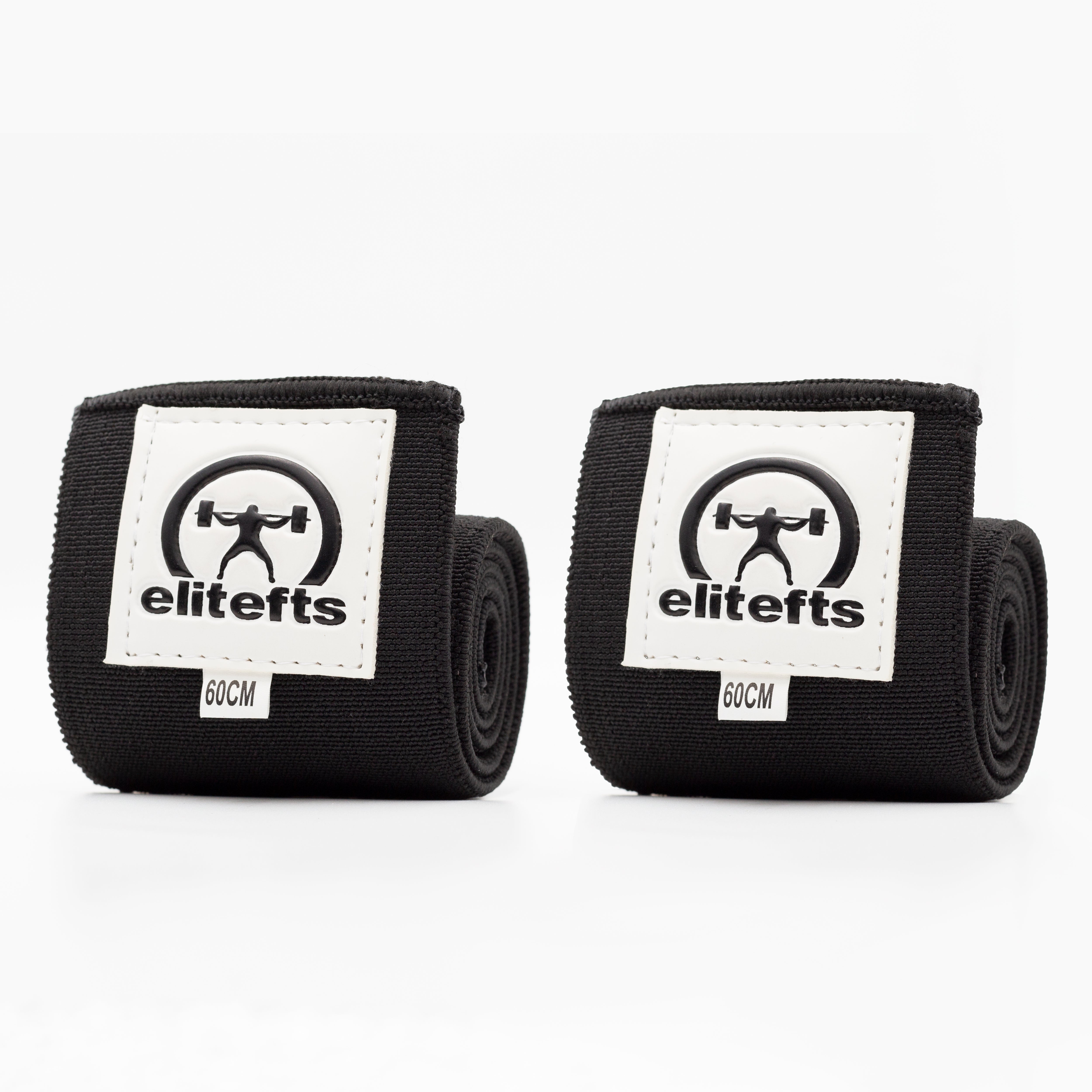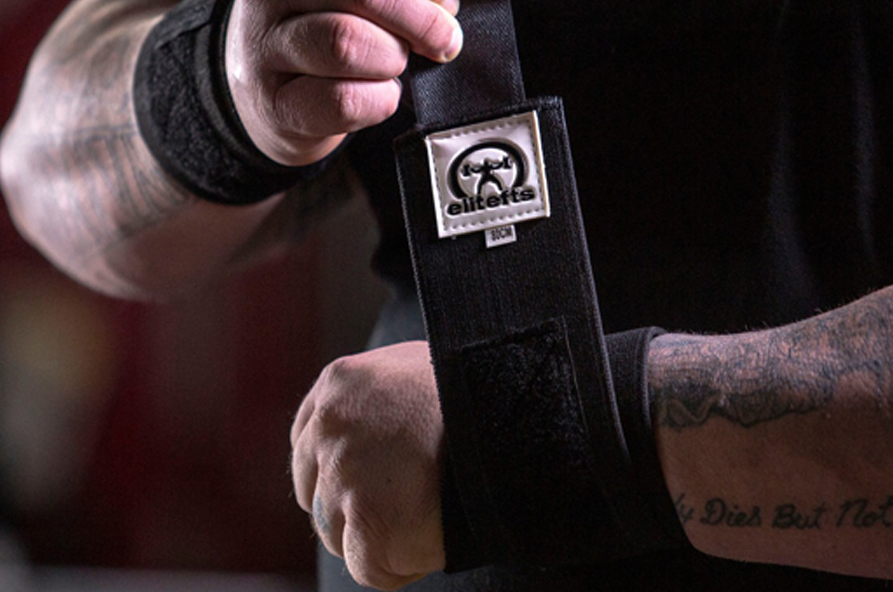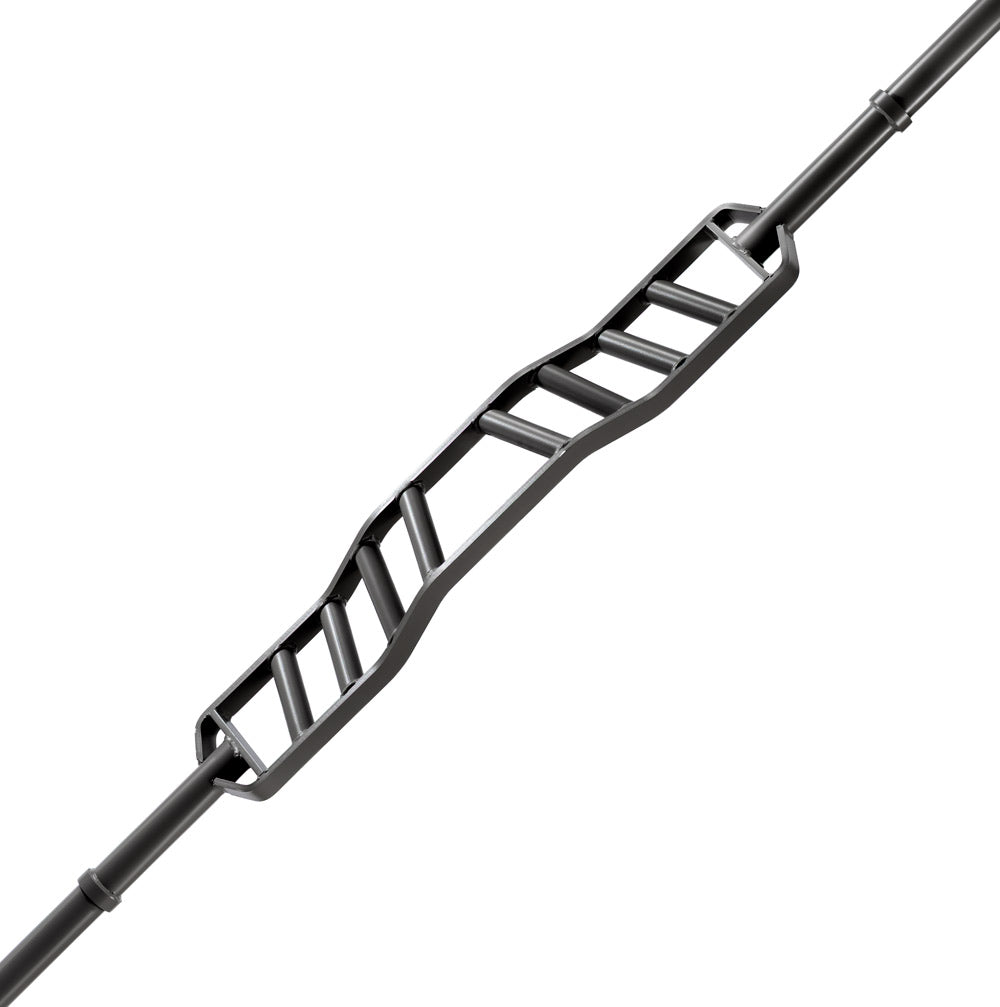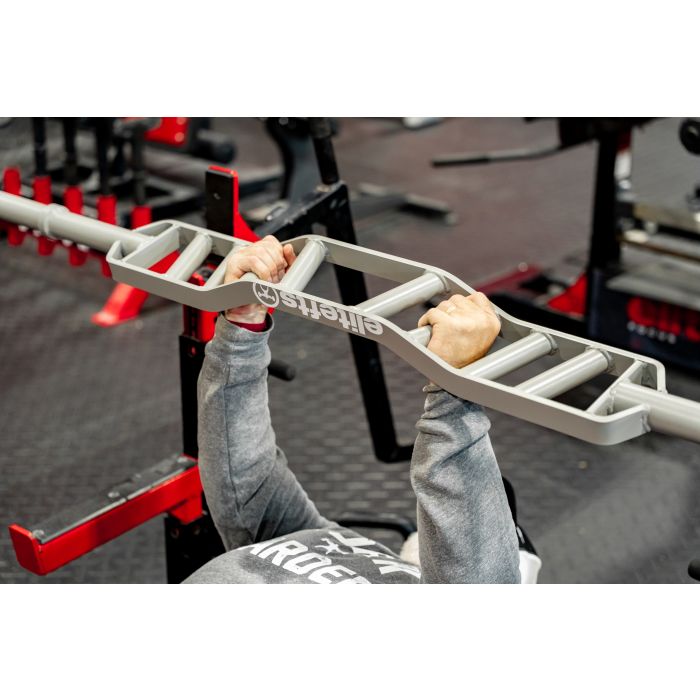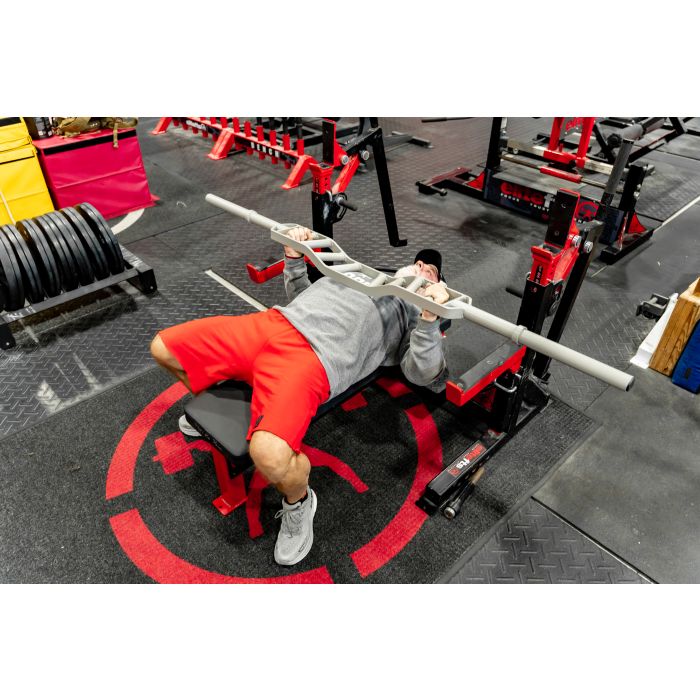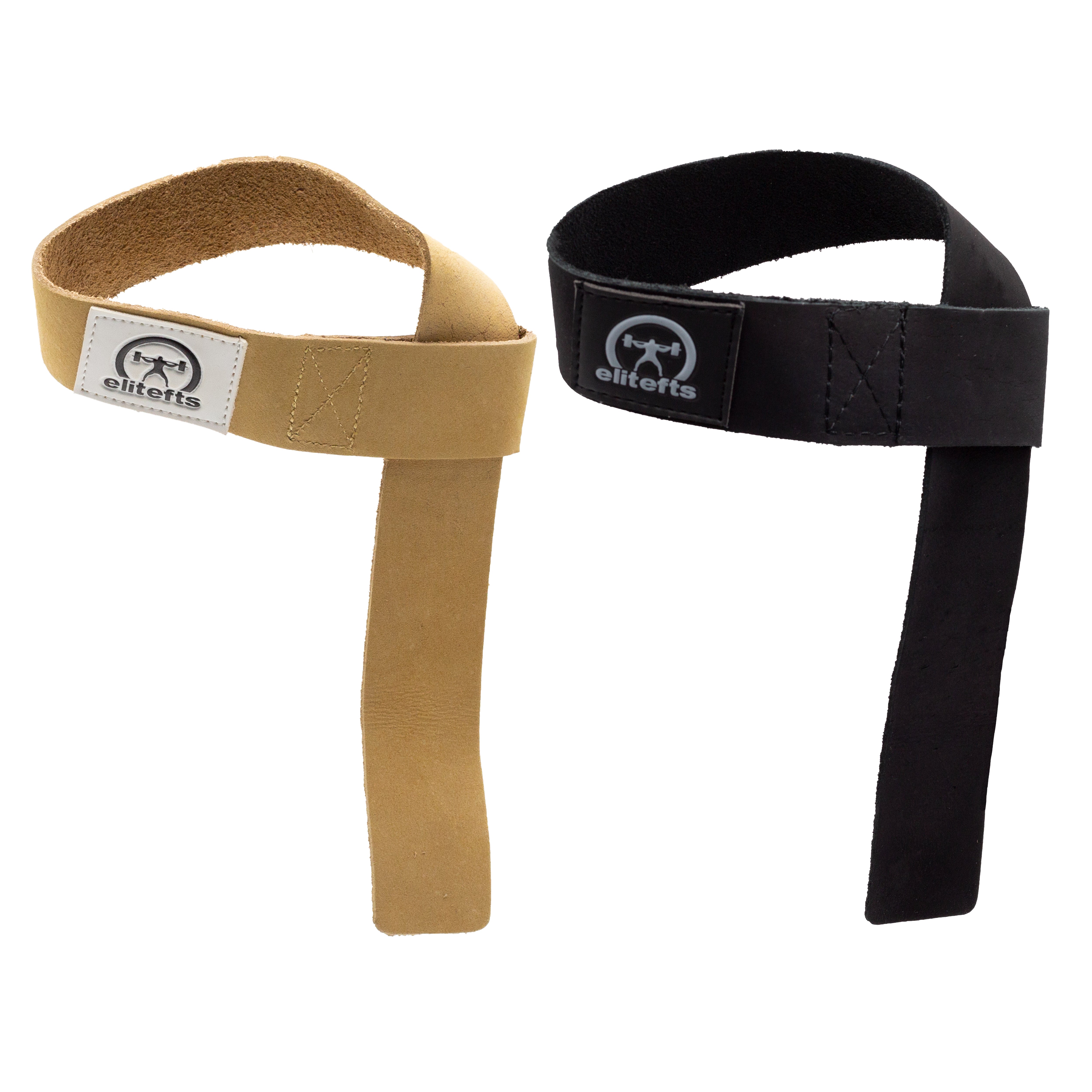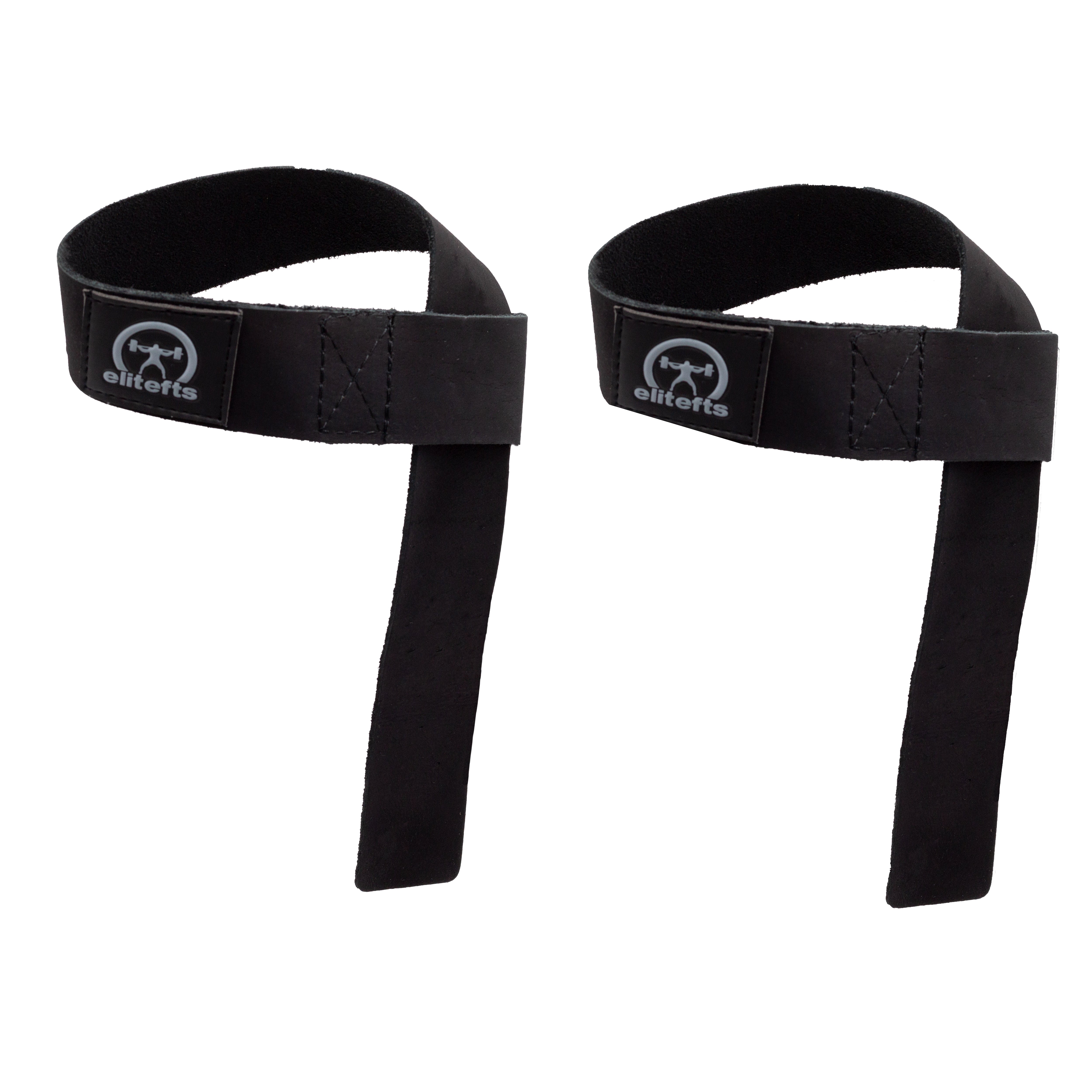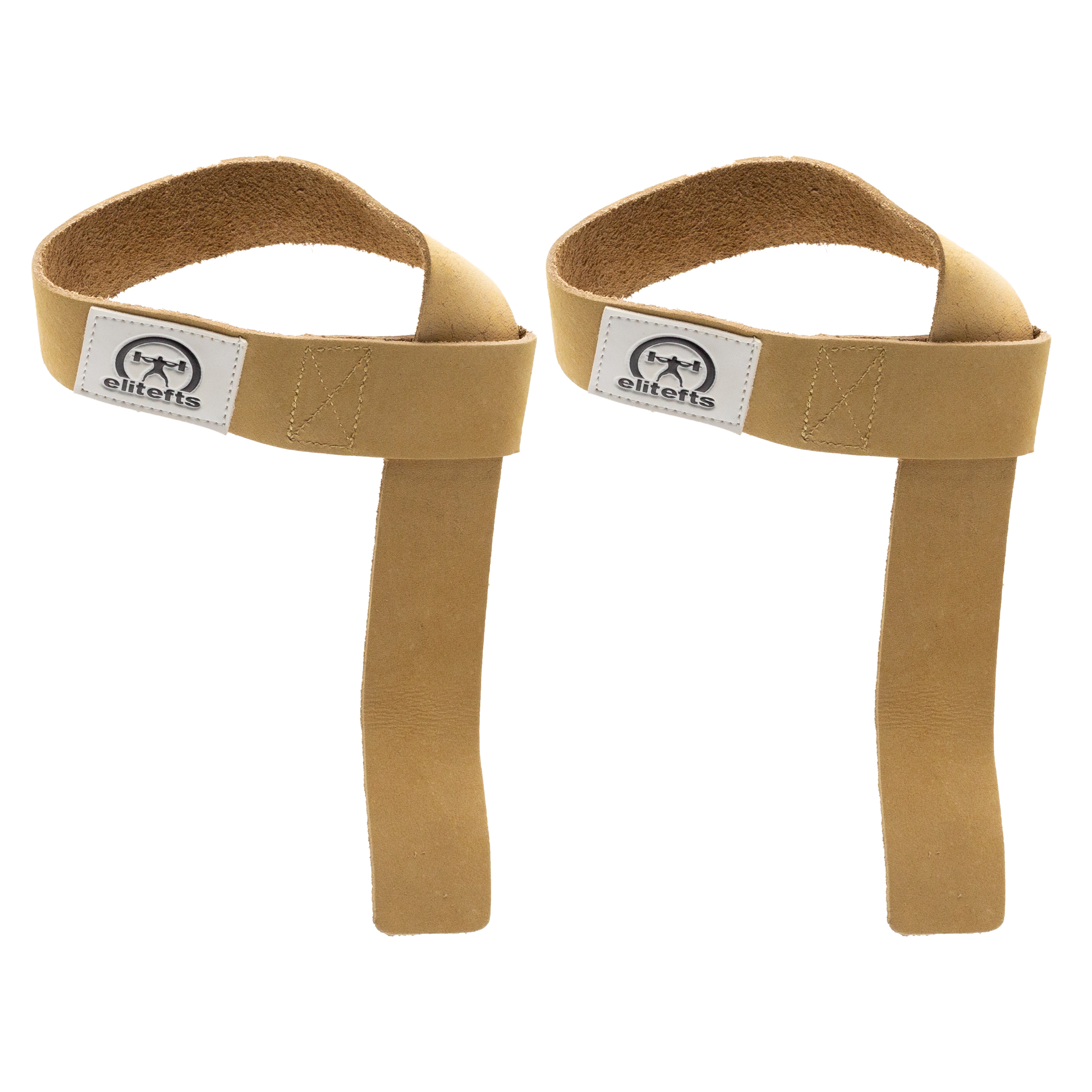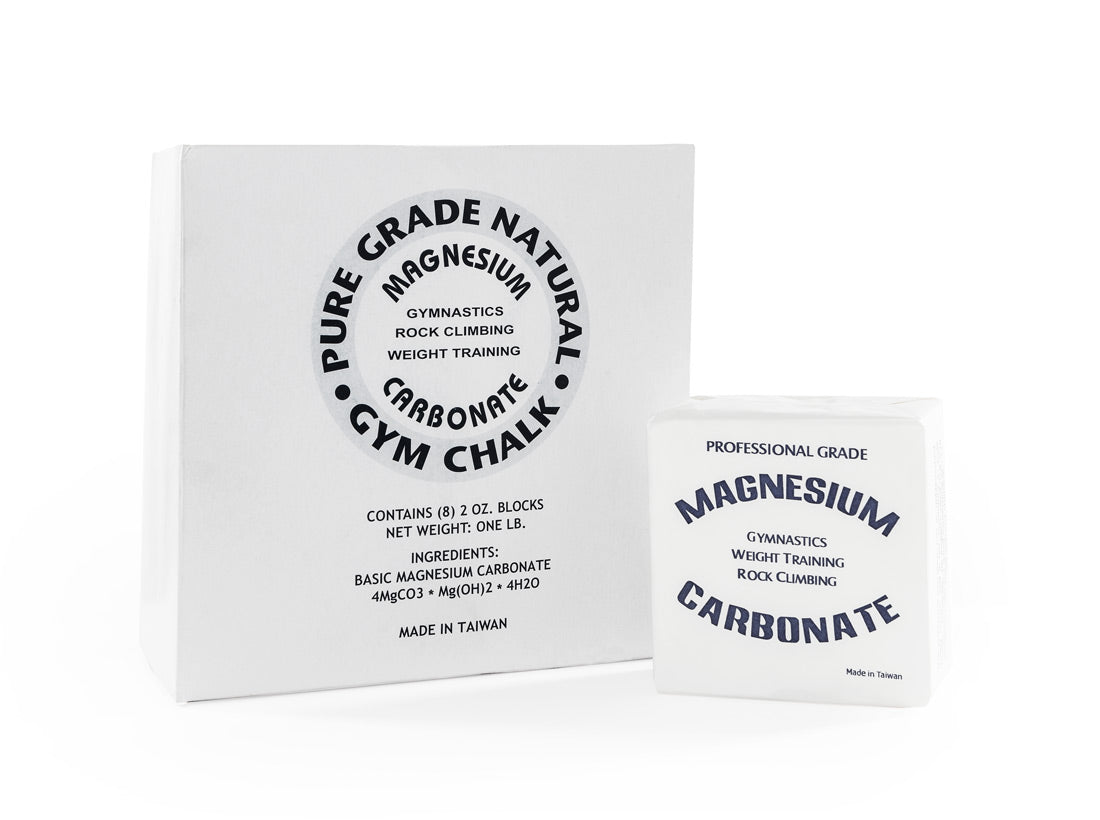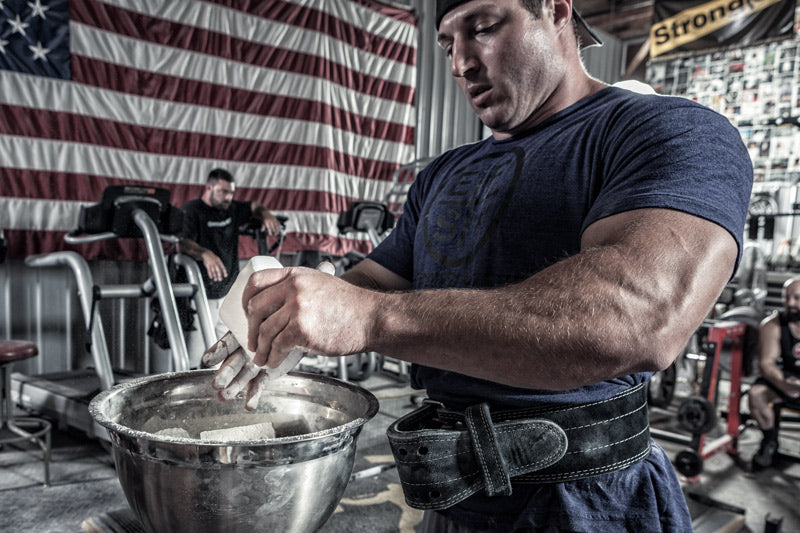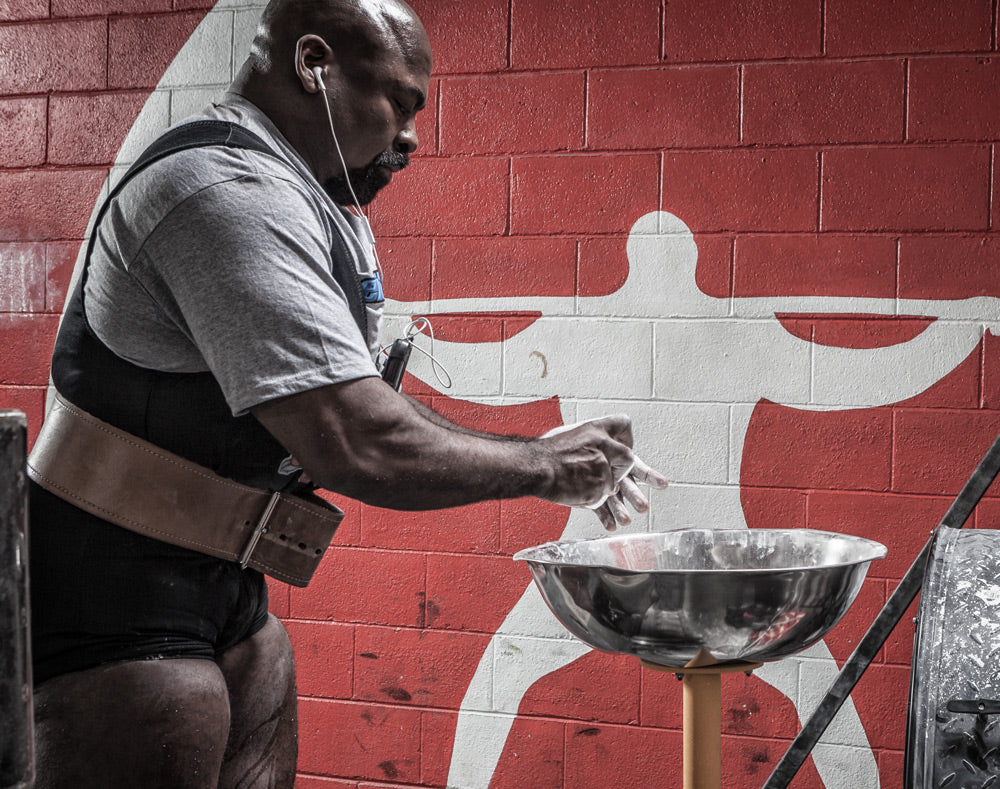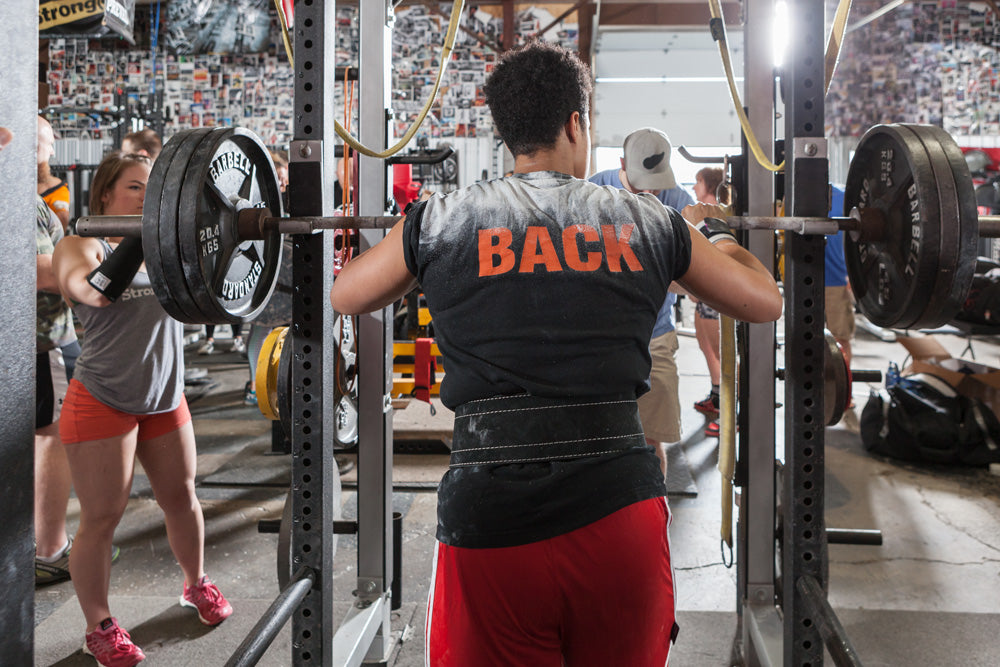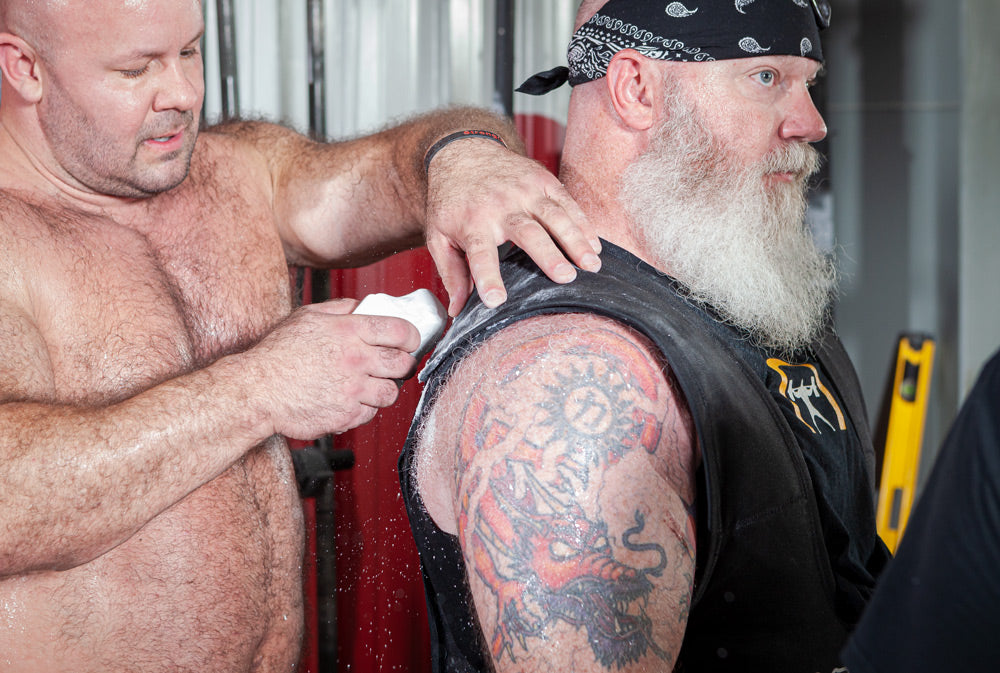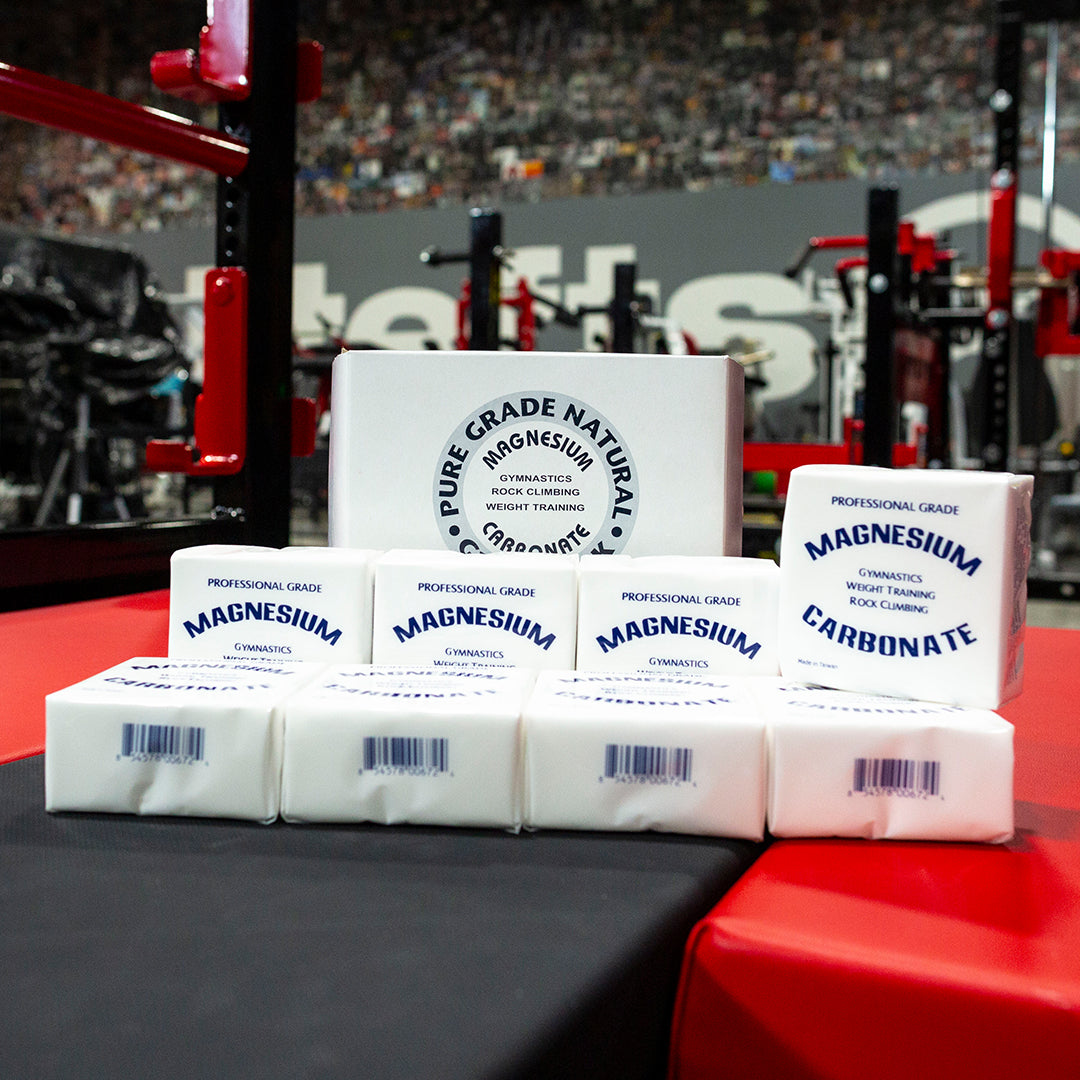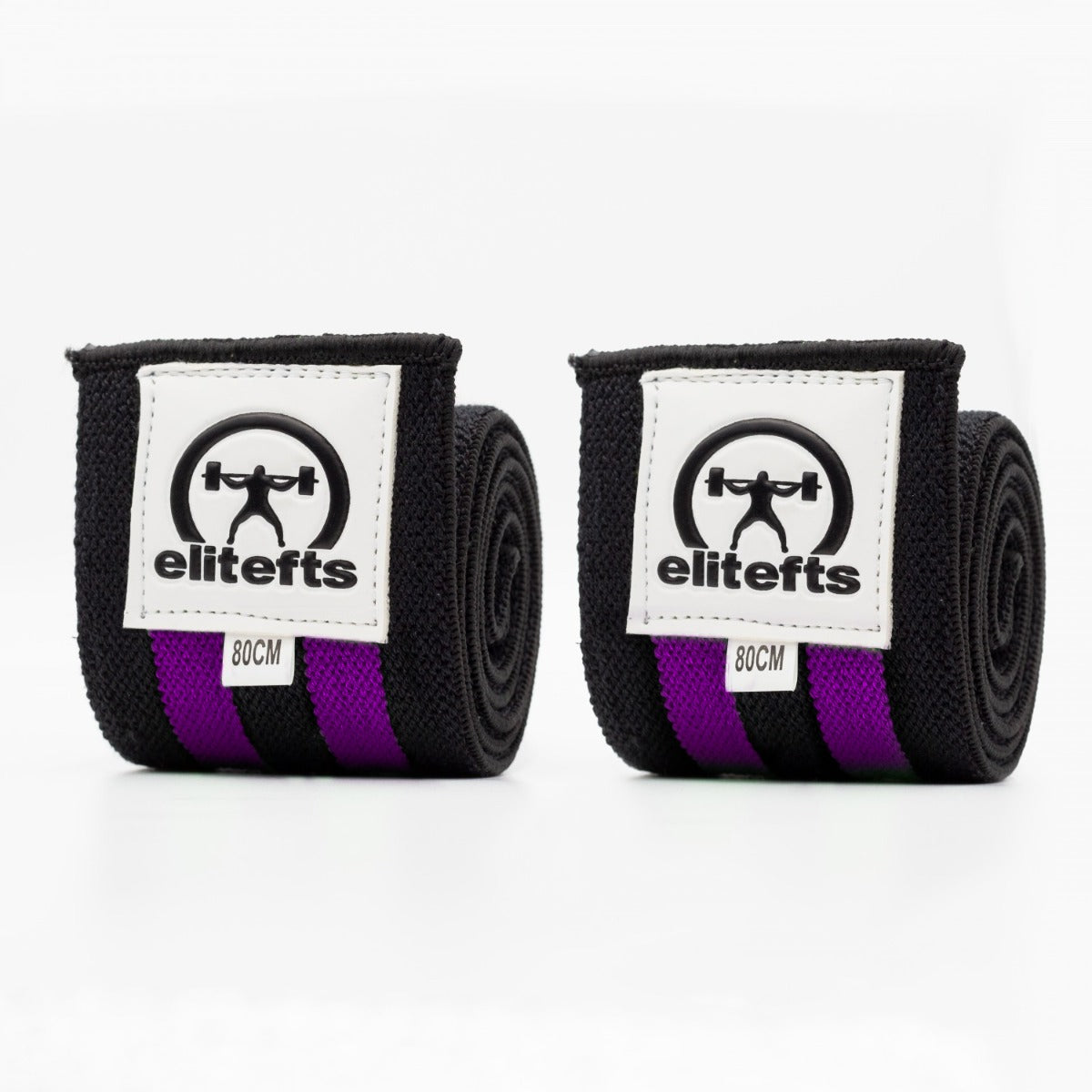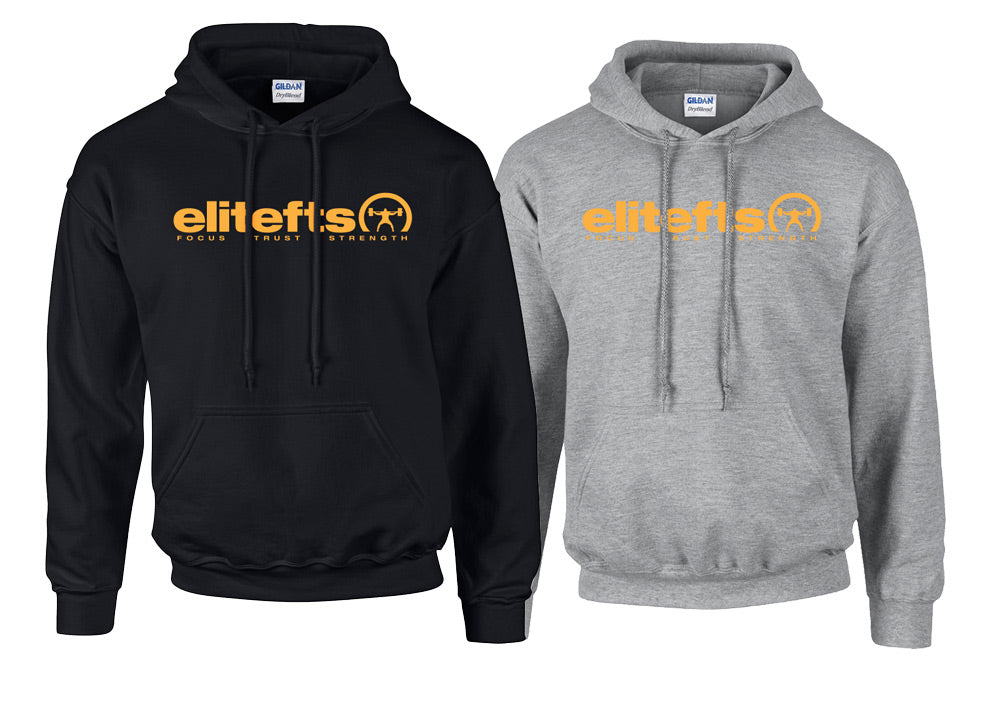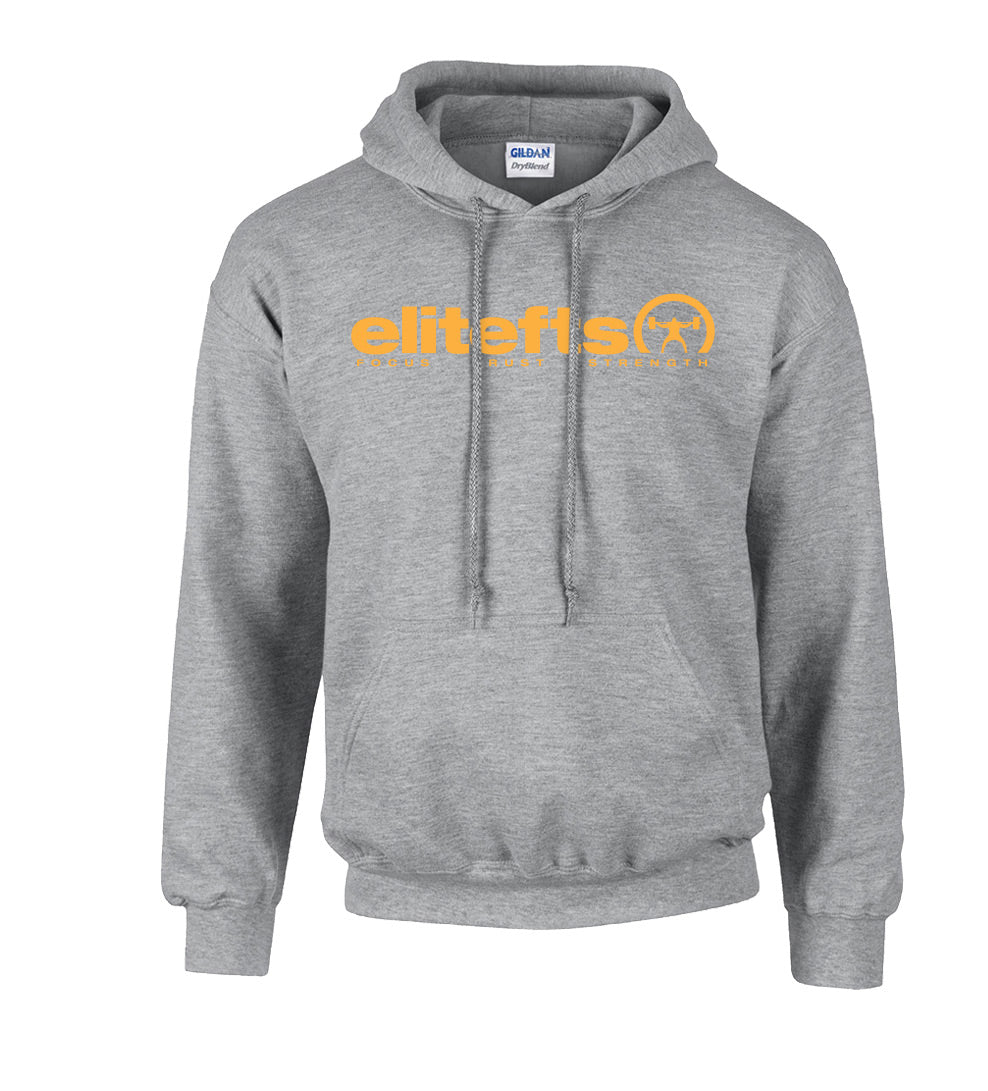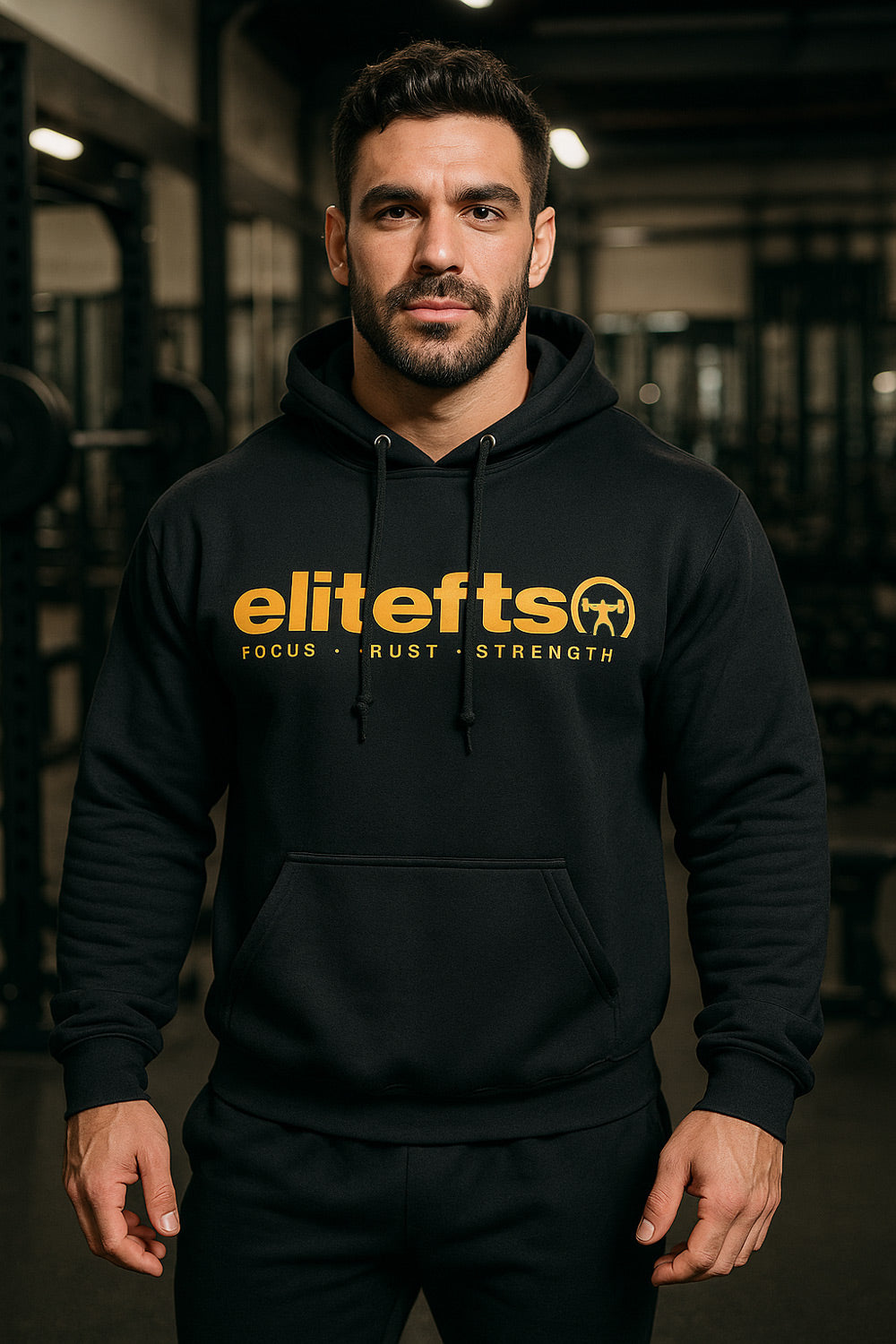I’ve now been coaching my Special Olympic athlete, CJ Piantieri, as well as other athletes at the National meets, for over 14 years. Since my expertise and experience are in the field of strength training, I have the ability to give back by teaching other coaches as well. This past weekend I gave my third Special Olympic Coaching Seminar.
Although I have to admit that I’m not at all a fan of public speaking, this is one situation that I feel like it’s worth trying to overcome my fears for the potential benefit of numerous athletes.
Many of the coaches get involved in order to help a child, or family member, who is intellectually disabled. Others are already involved in strength training and have opted to give back by coaching.
Originally, I was just going to post the entire seminar, but realize there are numerous parts to it, so I’m going to break it up over time.
Here's the breakdown:
- Rules and causes for disqualification according to the IPF (the governing body over the Special Olympics)
- Weight Classes
- Proper Lifting Technique
- Proper Spotting Technique
- Common Meet Mistakes
- Proper order of a training session
- Examples of proper training sessions (including Prilepin’s Chart)
- Examples for once a week, twice a week, and three times a week
I’ll begin by going over what I’d recommend for proper lifting technique for all three lifts (which will vary some depending on the capabilities of the individual):
The Squat:
- Have the athlete approach the bar with it in front of them (if they back into the bar it will be more difficult to line them up evenly)
- Have them make a shelf with their shoulder blades by squeezing them together and down.
- Explain for them to:
- Keep their neck in line with their spine.
- Keep their chest up, lower back arched, and elbows under the bar.
- Take a big breath
- Stand slightly wider than shoulder width with their toes angled out
- Take another breath and force their hips back as far as they can.
- Once they can't extend their hips back any further explain for them to bend their knees
- If they’re squatting onto a box (which is a good way to initially instruct them since it helps to reinforce proper technique and they’ll have less fear of losing their balance or falling). You'll want them to momentarily shift their weight onto the box while staying upright.
- Lead with their chest out of the hole or off the box.
The Bench:
Explain for them to:
- Arch on the bench as high as possible while keeping their butt in contact with the bench.
- Force their shoulder blades together.
- Get their feet as far underneath the bench as they can (in the IPF the lifters are required to keep their feet flat).
- Grab the bar as wide as they comfortably can while still being able to keep their elbows directly beneath their wrists
- Once they’re in the right position their yes should be directly underneath the bar.
- Once the weight is un-racked and settled, tell them to force their shoulder blades together again.
- Take another big breath before lowering the bar.
- Keep their elbows at about a 45-degree angle to their body.
- Don't bounce the bar or excessively pause.
- Press at an angle towards their head.
The Deadlift:
- The deadlift can be performed with either a conventional (narrow) stance with their arms outside of their legs or what is called a sumo (wide) stance with their arms inside of your legs.
- If they stand conventional then they’ll want to keep their hips, knees, and ankles all basically in a straight line.
- Just like with the squat, if they stand sumo then you’ll want to make sure they’re standing at a width where their knees won't go inside of their ankles or so narrow that they will extend beyond them.
Explain for them to:
- Walk up to the bar and get their shins as close as they can to it.
- Just like with the squat, you'll want them to keep their neck in line with their spine.
- Sit back and only lower their hips as low as necessary to grab the bar with their arms straight.
- Grab the bar at shoulder width (straight down from their shoulders) with a mixed grip (one hand over, one under).
- The ball of their feet, knees, and the middle of their shoulders should be directly above the bar before they begin to pull.
- Take a big breath and fill their belly with air, push it out or against their belt.
- Get the weight on their heels and pull the slack out of the bar.
- I recommend for them to lead with their chest as they begin the lift
- Let their shoulders hang.
- Always have them keep their chest up and lower back arched throughout the motion.
- Lower the bar with control but not slowly.
- Have them re-set their position for multiple reps and not bounce.
https://www.elitefts.com/the-minimalist-m2-method-ebook.html
https://www.elitefts.com/m2-equipped-method-ebook.html
https://www.elitefts.com/12-weeks-to-a-bigger-bench-ebook.html
https://www.elitefts.com/22-tips-to-open-your-own-small-business-ebook.html

